As I look into planning a possible trip to the Galápagos and Easter Island, I’ve been reminded of my first visit to South America back in 2010. We headed down to Peru to visit the mystical Machu Picchu and take part in an immersive Amazon experience.
It was a trip my husband and I took with a group of our friends to celebrate the completion our professional degrees. The experience was probably one the most adventurous ones we’ve been on, and certainly one that we’ll never forget.
Peru is a beautiful country, but unfortunately due to the most recent political unrest in Cusco, Peru, they’ve temporarily closed Machu Picchu to all visitors. This will delay any travel plans to the area now, but it’s never too early to start planning, as it’s definitely one that should be on everyone’s bucket lists.
Here’s a recap of what we did and experienced.
In This Post
- Peru, More Than Just Machu Picchu
- Lima
- Cusco
- Machu Picchu
- Puno and Lake Titicaca
- Iquitos and the Amazon
- Conclusion
Peru, More Than Just Machu Picchu
My inspiration for travelling to Peru came from a National Geographic magazine cover showcasing Machu Picchu. At the time, I had never heard of this place before, but mysteriousness of the abandoned civilization in the backdrop of the beautiful Andes piqued my interest.
Although this was my initial reason for going to Peru, little did I know that this country would have so much more to offer. Between rural villages, ancient ruins, mountains, deserts, and the Amazon, there is so much to experience in this beautiful country.
Our time was limited, so we couldn’t experience it all, but we ended it with a small side trip the Amazon, an exotic destination I had always been curious about.
Planning the Trip
In my younger years, I wasn’t as savvy planning my own trips, and relied a lot more on tour companies. TripAdvisor was my go-to resource.
I ended up finding a smaller company that fit the bill when it came to cost and flexibility. The company was Kouda Travel, and to this day the company still has rave reviews.
Kouda gave us a personal trip advisor who planned every detail of our trip with me. My main goal was to see Machu Picchu, but based on my desired duration of the trip, the advisor suggested other attractions and activities for our group and pieced together an amazing action-packed itinerary for our time in Peru.
Their services included a private guide and driver for the whole duration of our tour. They also had a range of accommodation recommendations, with options to suit any budget.
My husband planned the Amazon portion of our trip, which was a very unique experience to say the least. He found a local tour company, Amazonia Expeditions, that arranged our time in the Amazon.
In total, we spent 14 days in Peru, with four of those being in the Amazon rainforest.
For our flights, we booked a direct flight with cash from Toronto to Lima on Air Canada economy. From Lima, we caught a short local flight into Cusco, and then onwards to Iquitos, our gateway into the Amazon.
Looking back, flying in economy on cash in my younger days only makes me appreciate the value of Miles & Points even more, and savouring the comfort of the occasional business class product.
Lima
At the beginning of our trip, we arrived in Lima late in the evening. Our tour company had someone pick us up and take us to our hotel, the Radisson Hotel Decapolis Miraflores, where I enjoyed my first ever pisco sour.
To be honest, I’m not sure why we chose this hotel, as the location isn’t the most central. Given that we were fresh grads, it was likely the cost factor that tipped the scales.
The next day, we spent the day touring Lima. We visited the Love Park, which wasn’t too far from our hotel, and then headed into the Historic Centre of Lima, which is on the UNESCO World Heritage list.

In this historic area, we visited the Lima Cathedral and the catacombs in the Convent of San Francisco. The experience was a little eerie, but interesting to see.

We also happened to be visiting during a street festival, which was an unexpected treat.

For lunch, we had delicious Peruvian chicken at Pardos, and tried Peru’s own soft drink, Inca Kola, which was created by a British immigrant in 1935. It’s a sweet, citrusy-flavored soda made from lemon verbena.

In the afternoon, we spent our time meandering through alleyways around the old town, visiting street vendors and shops along the way.

Cusco
The next morning, we caught a short flight from Lima to Cusco. Cusco is located 11,200 feet above sea level, so altitude sickness is a real concern.
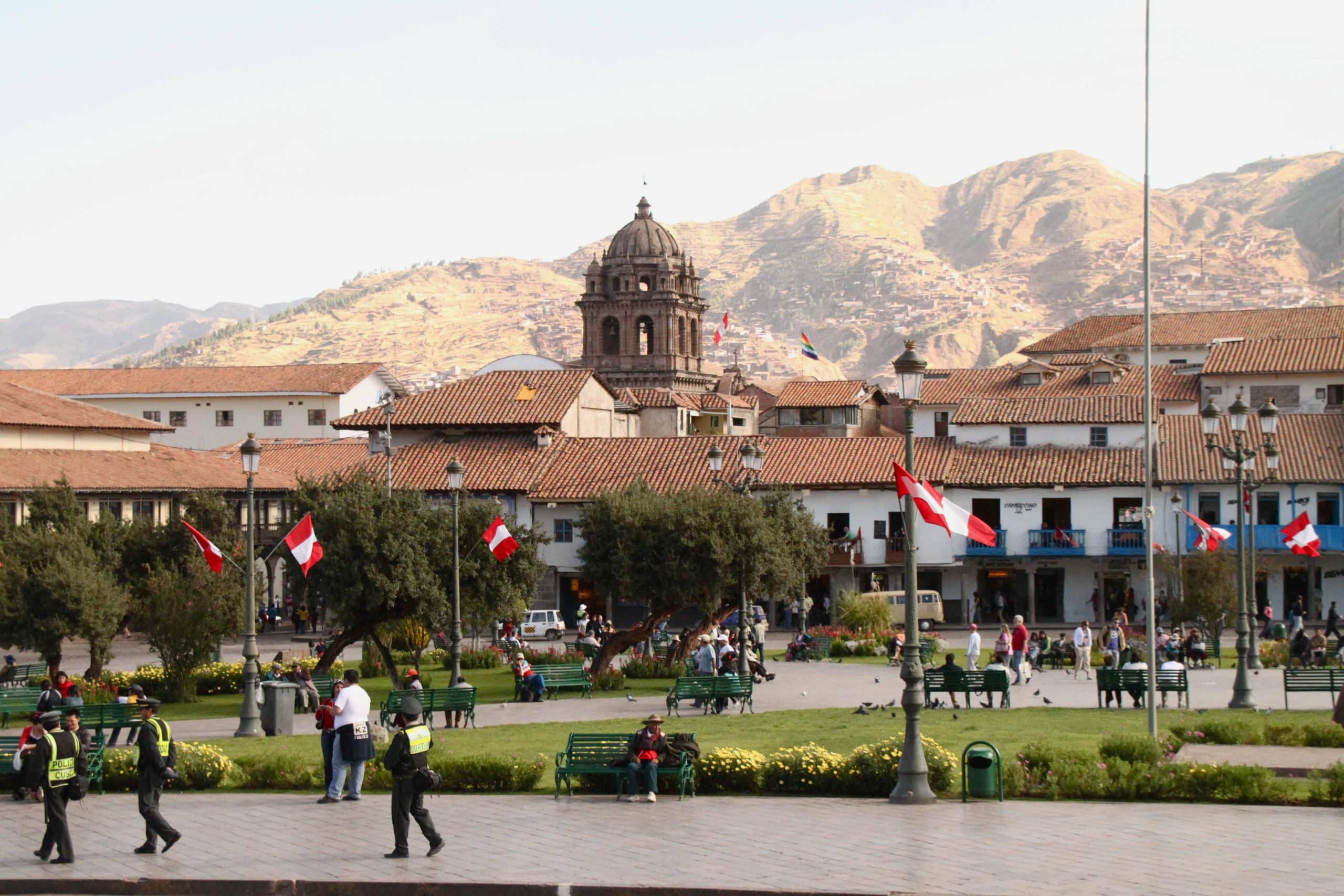
We started medicating with a drug called acetazolamide the day we arrived in Lima, so two days before our ascent. It helps to prevent the condition, and it worked great for us, even though we still felt a bit more easily fatigued with any activity.
We met Fernando, who would be our guide for the remainder of our tour with Kouda, and he let us know that we had a long day ahead of us. Just outside of the city, perched on the hilltop were the ruins of Sacsayhuaman, an Inca fortress shaped like a puma if you could see an aerial view of it.
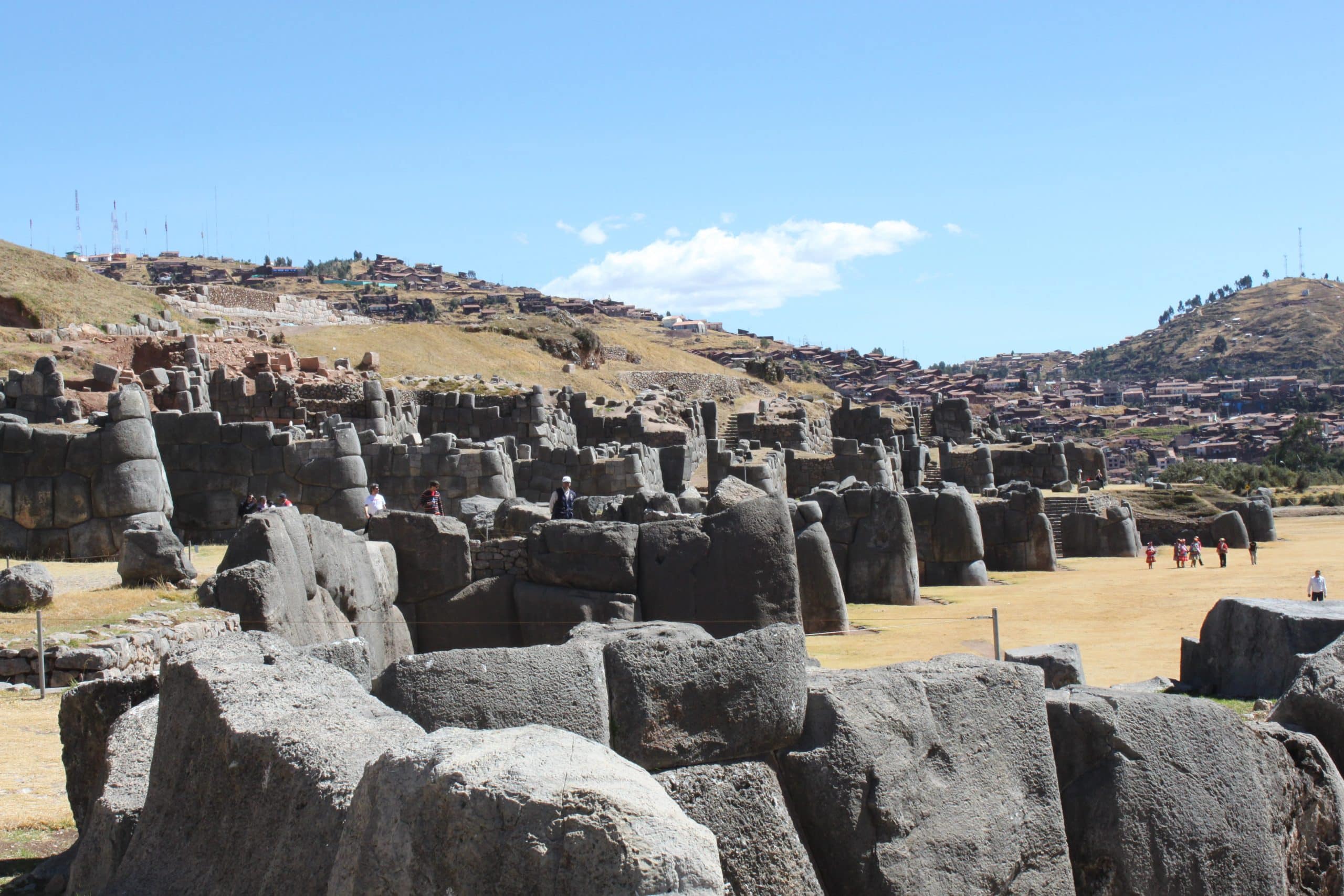
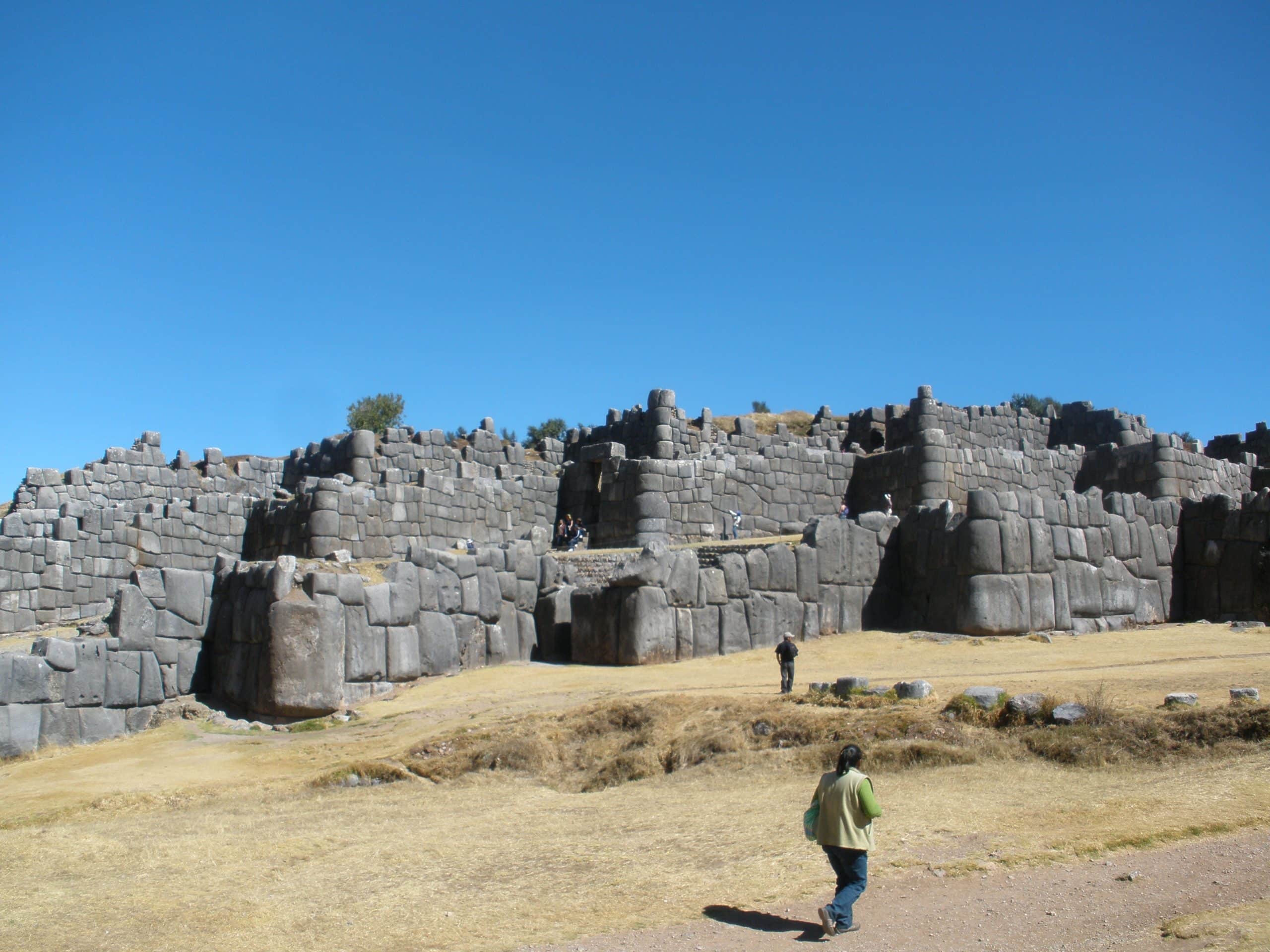
The size of the boulders used for the fortress here were enormous, comparable to those used to build the pyramids in Giza. The walls were made by carefully fitting these boulders together, all without mortar.
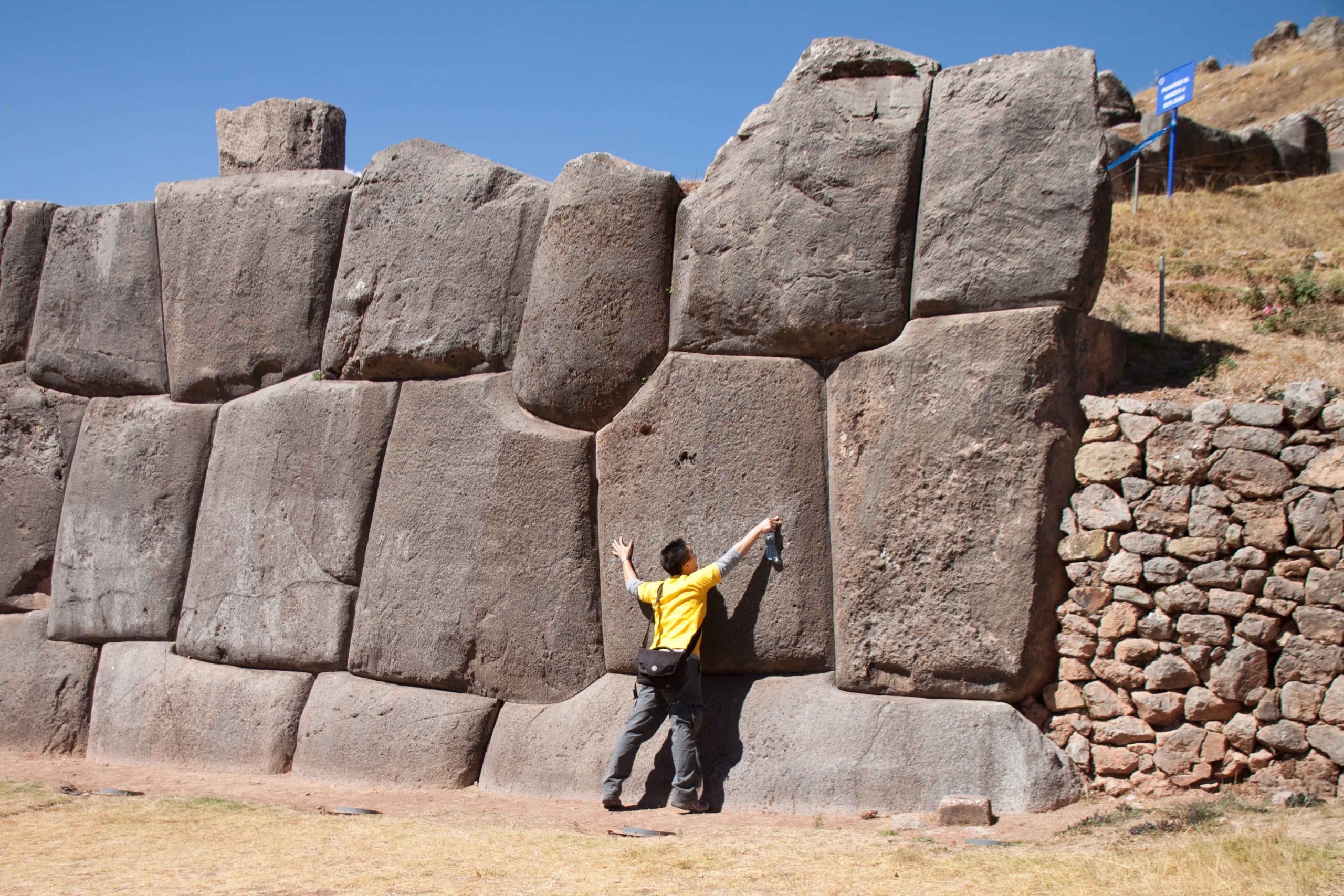
From here we descended into the Sacred Valley of the Incas, a valley in the Andes that was an important agricultural, religious, and political centre for the Inca Empire since the early 15th century. We enjoyed a boxed lunch here, and took in the views of the city of Cusco below.

Awana Kancha is a camelid farm and traditional textile company. Here, we got to feed and interact with the friendly alpacas, llamas, and the endangered vicunas, a camelid originating from the alpine areas of the Andes.
Because the vicuna is endangered, the fur is quite expensive.

Traditional weavers onsite were happy to showcase their skills and fine work, weaving colourful textiles which are sold onsite.
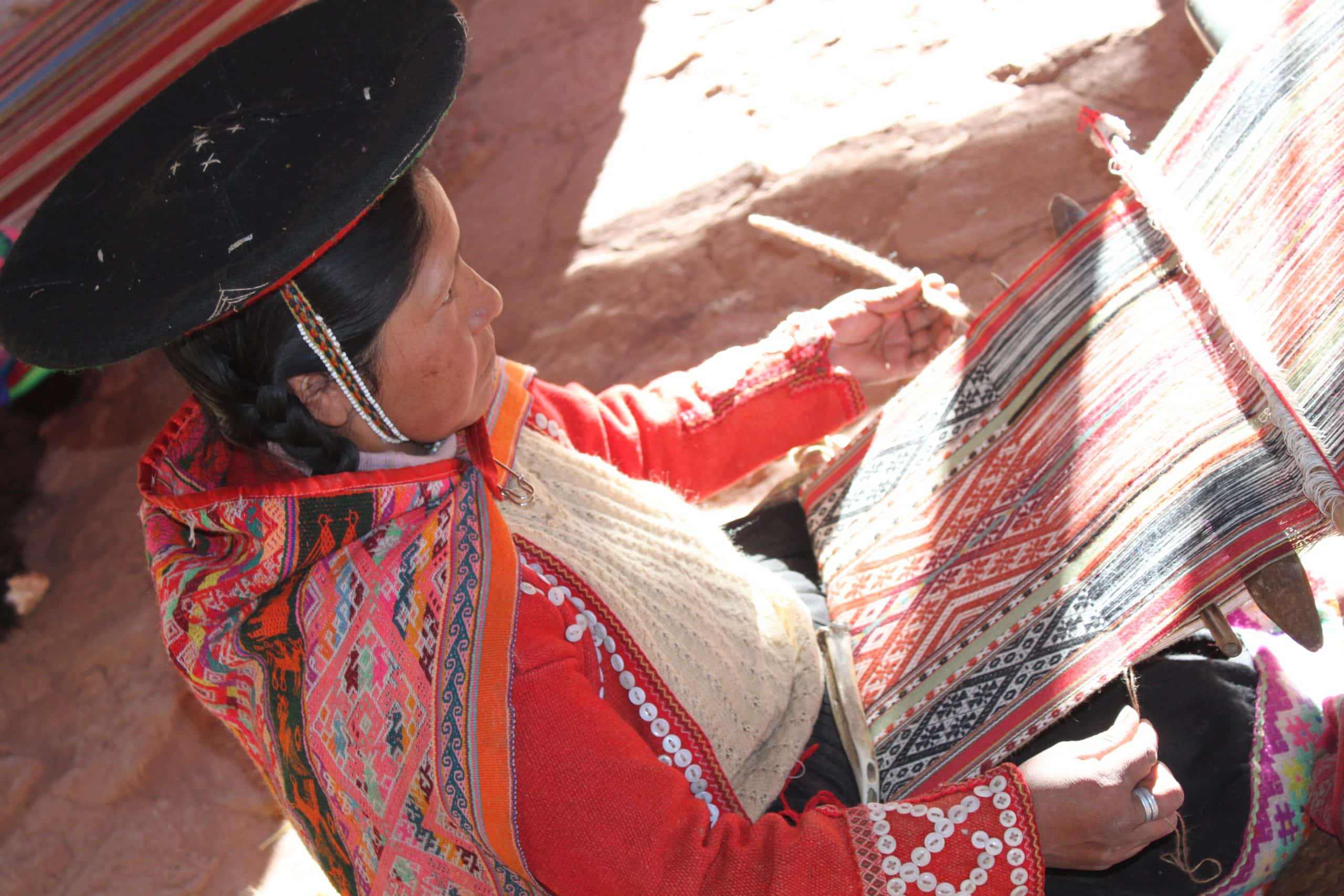
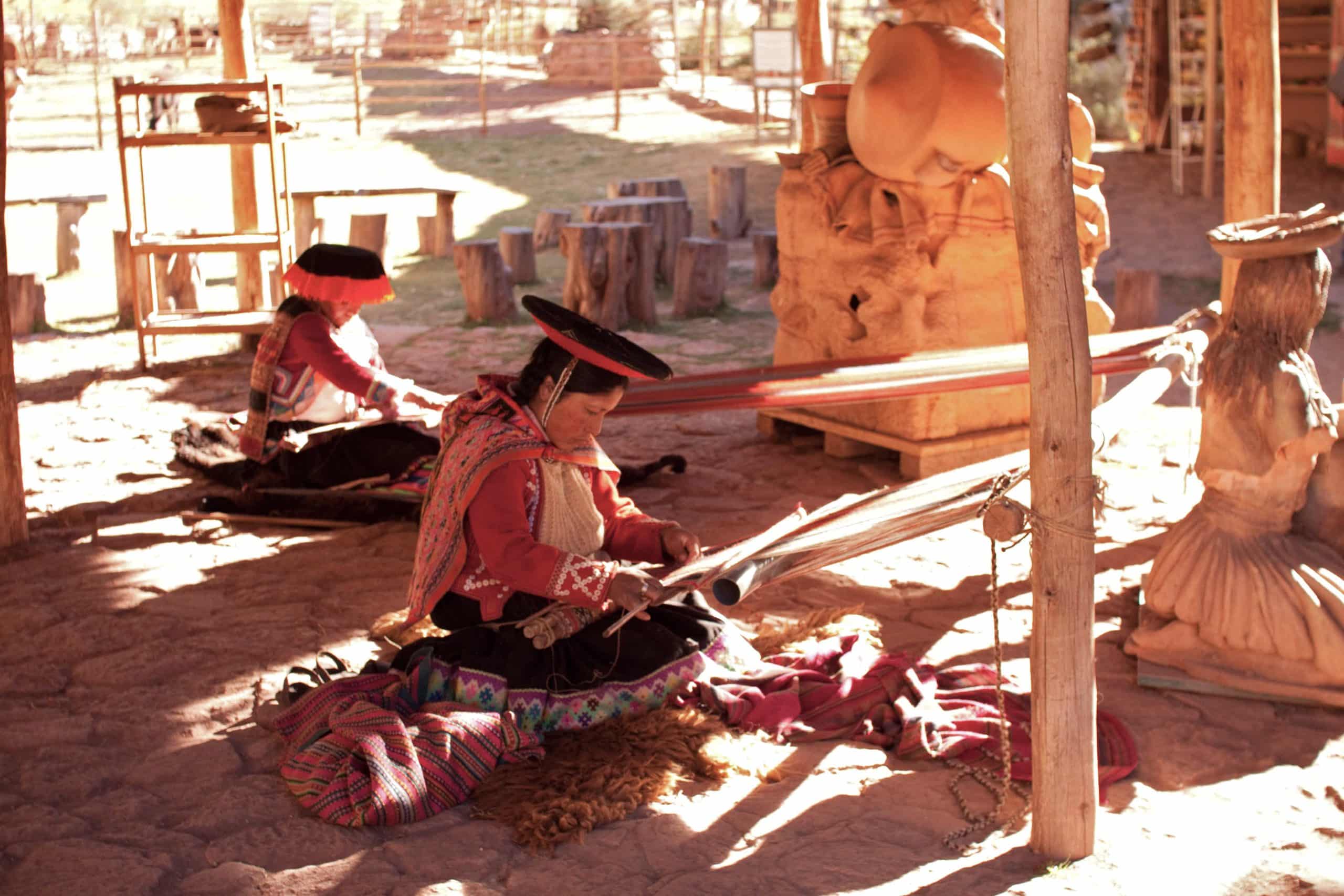
On a separate day, we visited the town of Pisac, a quiet and quaint town. Here, we visited a traditional bar and sampled and learned how they made chichi, a traditional drink made from fermented maize.
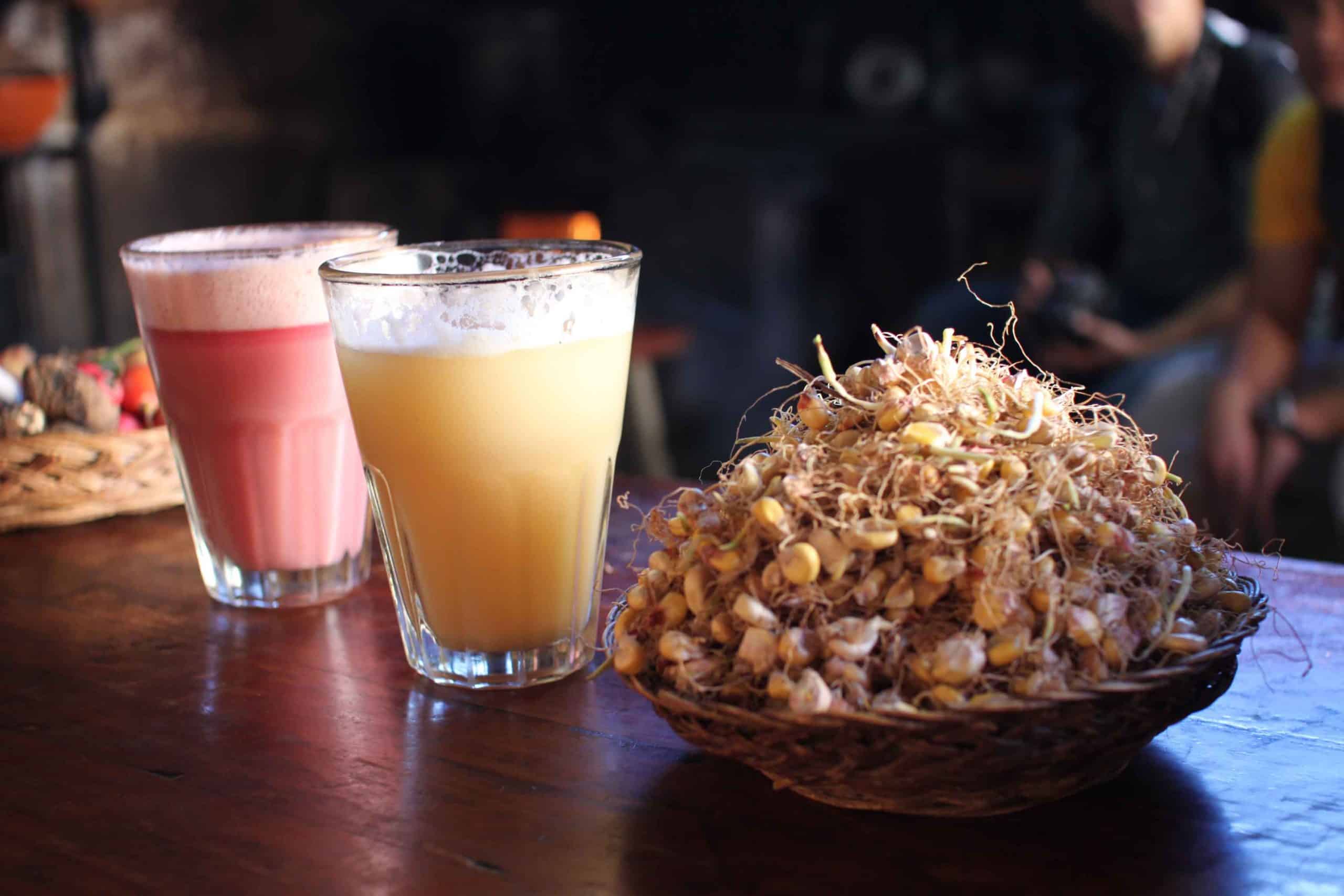
We also played a few rounds of Sapo, a Peruvian game where the object of the game is to throw golden discs into the mouth of frog. It is based on an Inca legend, in which toads would grant wishes to those who gave it a golden coin to eat.
Not far from here were the Ollantaytambo ruins, which consisted of a large Inca fortress with a hillside of large stone terraces used for agriculture.
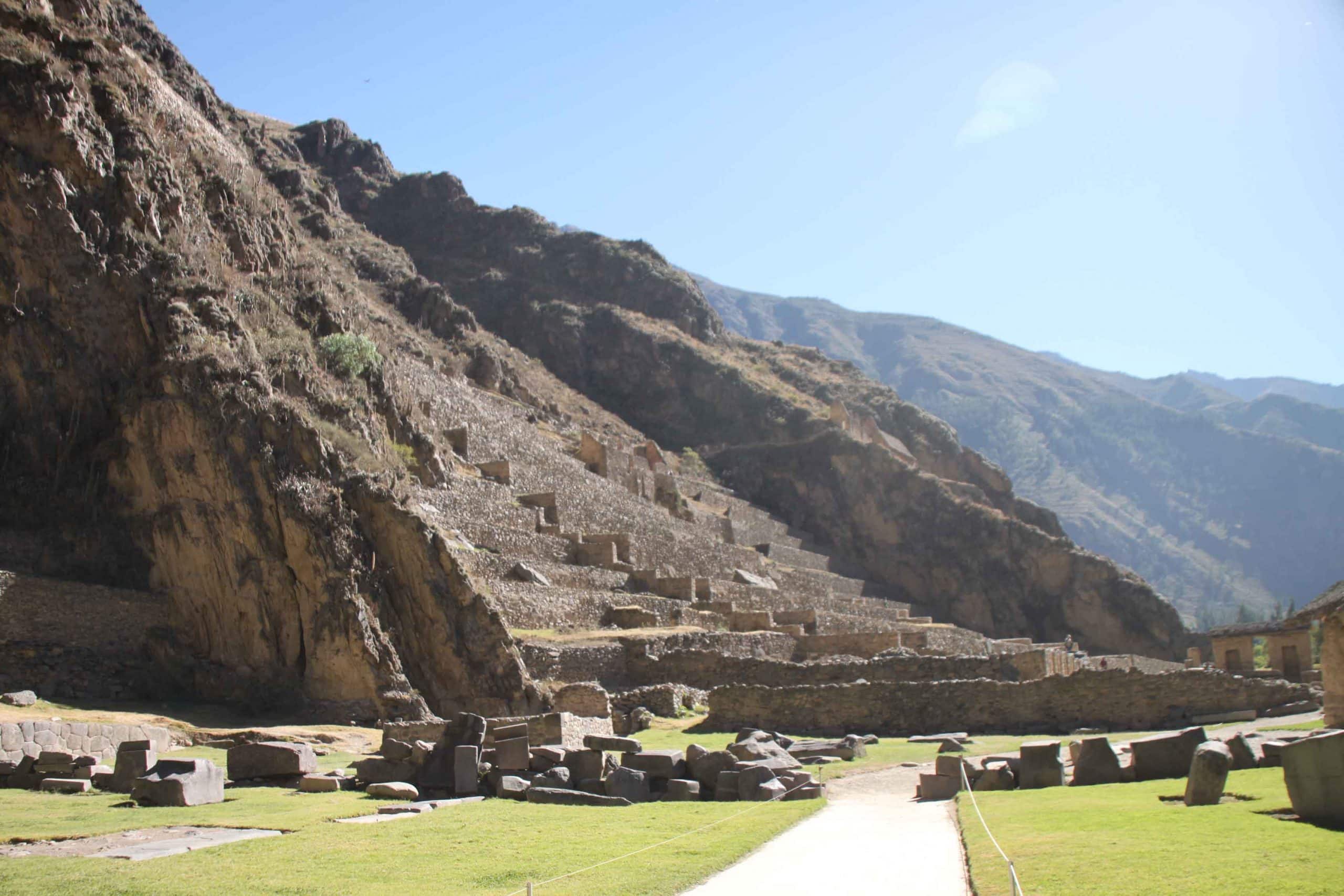
The Moray agricultural terraces were a sight to see, resembling the rice terraces you may have seen in Asia, as were the Maras salt mines.
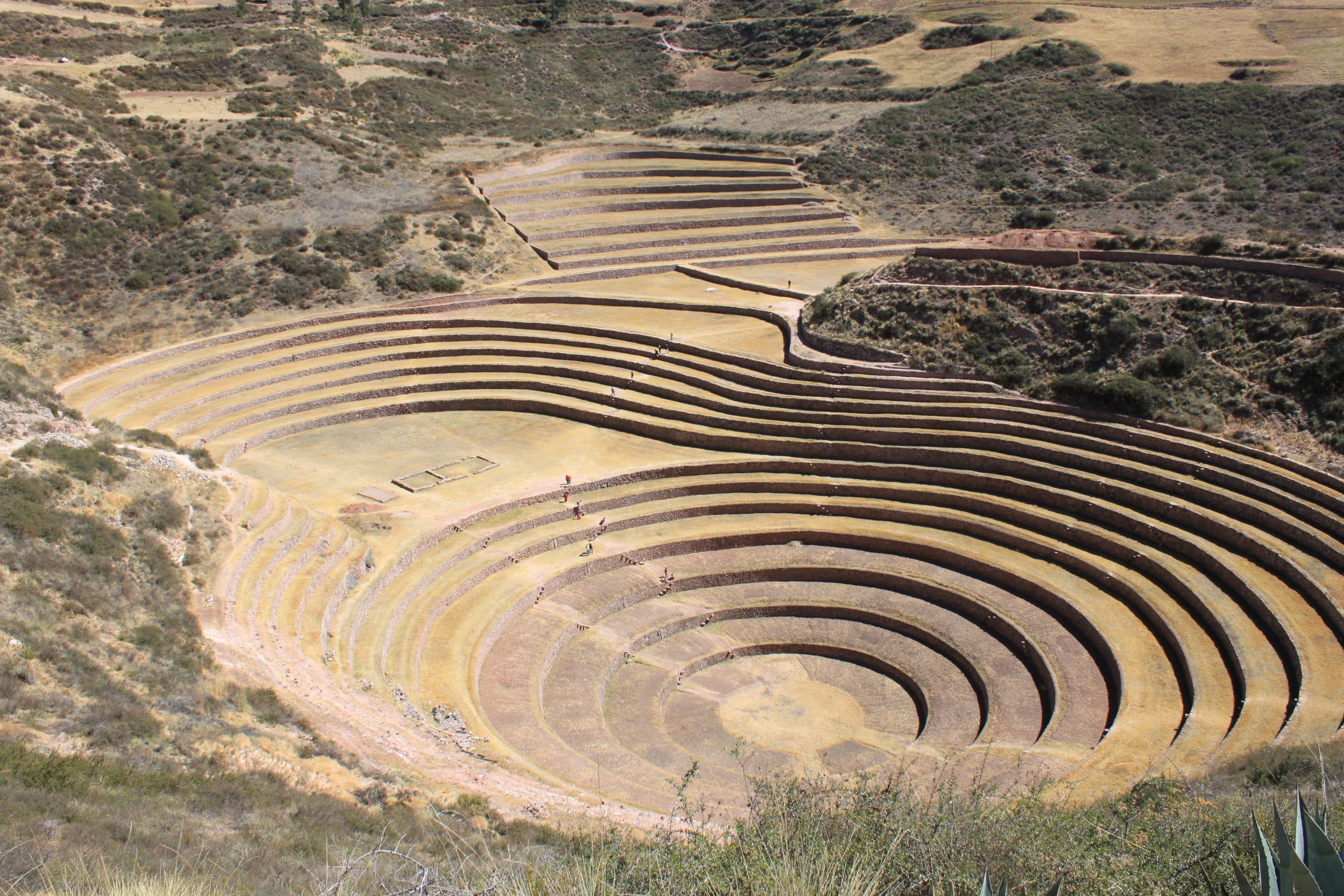
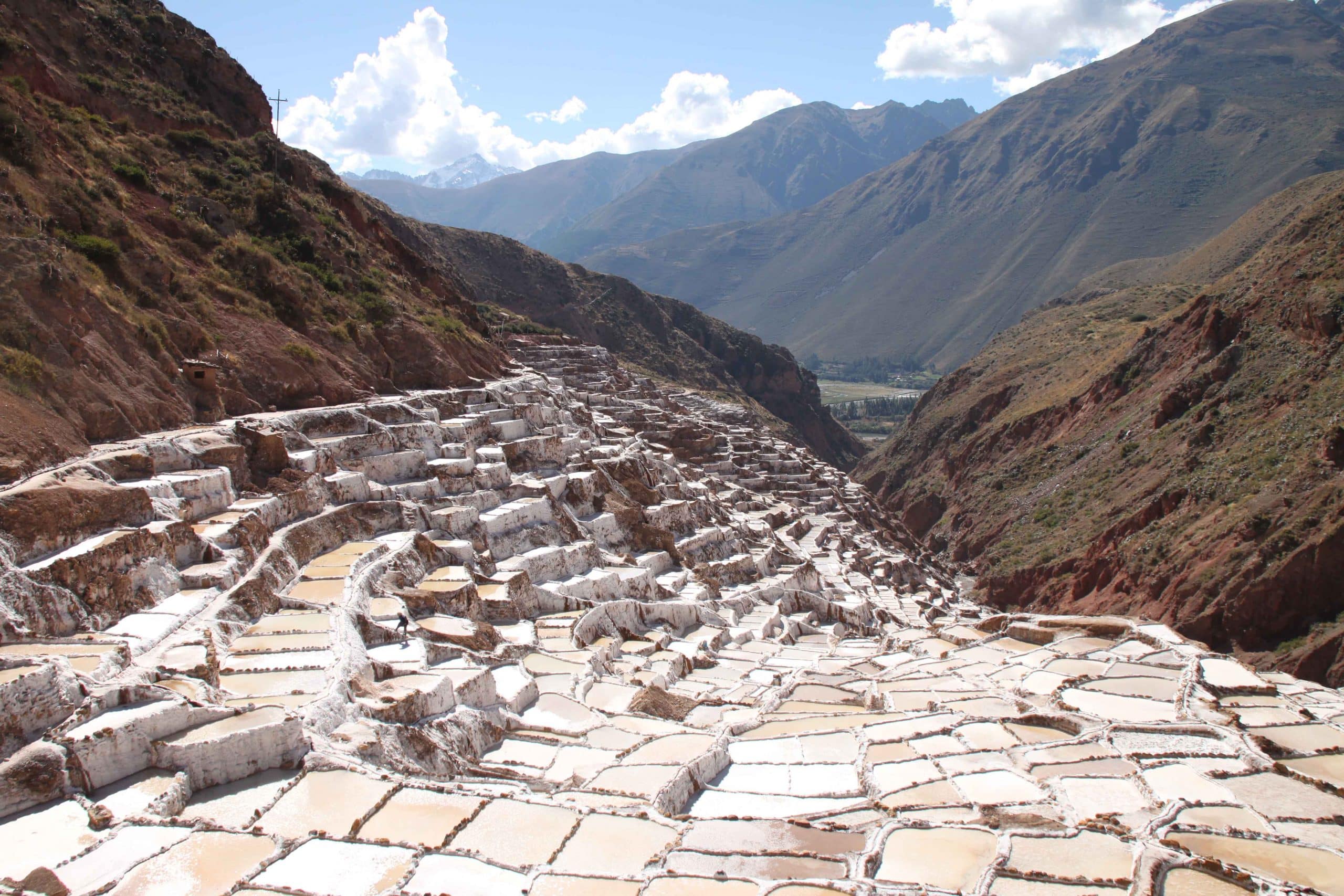
On one of the days, Kouda also arranged for us to visit a home and enjoy a traditional home-cooked meal with a local family. The meal was so memorable, and it became one of my favourite parts of the trip.
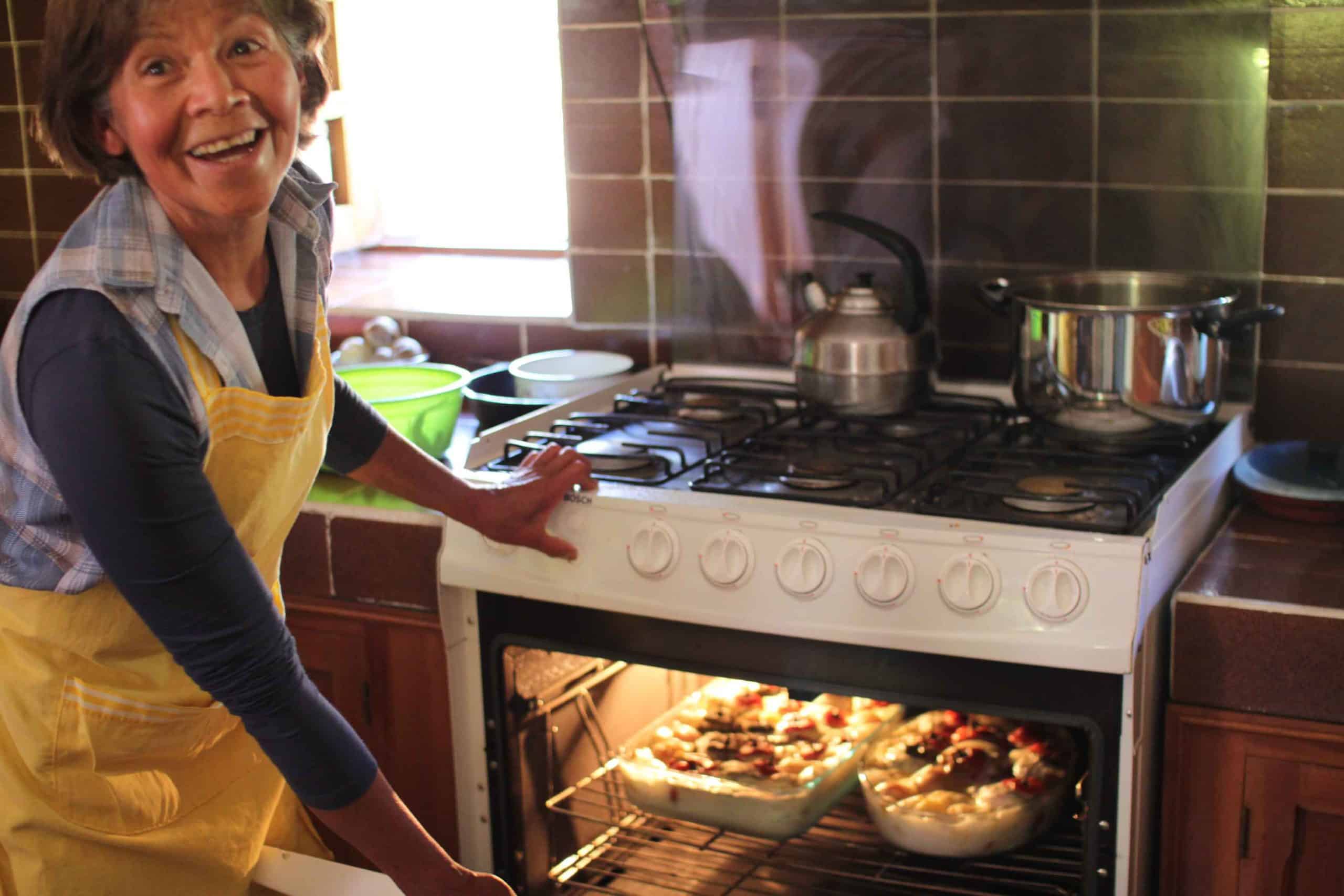

There were plenty of opportunities to interact with the locals and just observe them in their communities, whether it was during our drive between attractions or intentional visits to small villages.
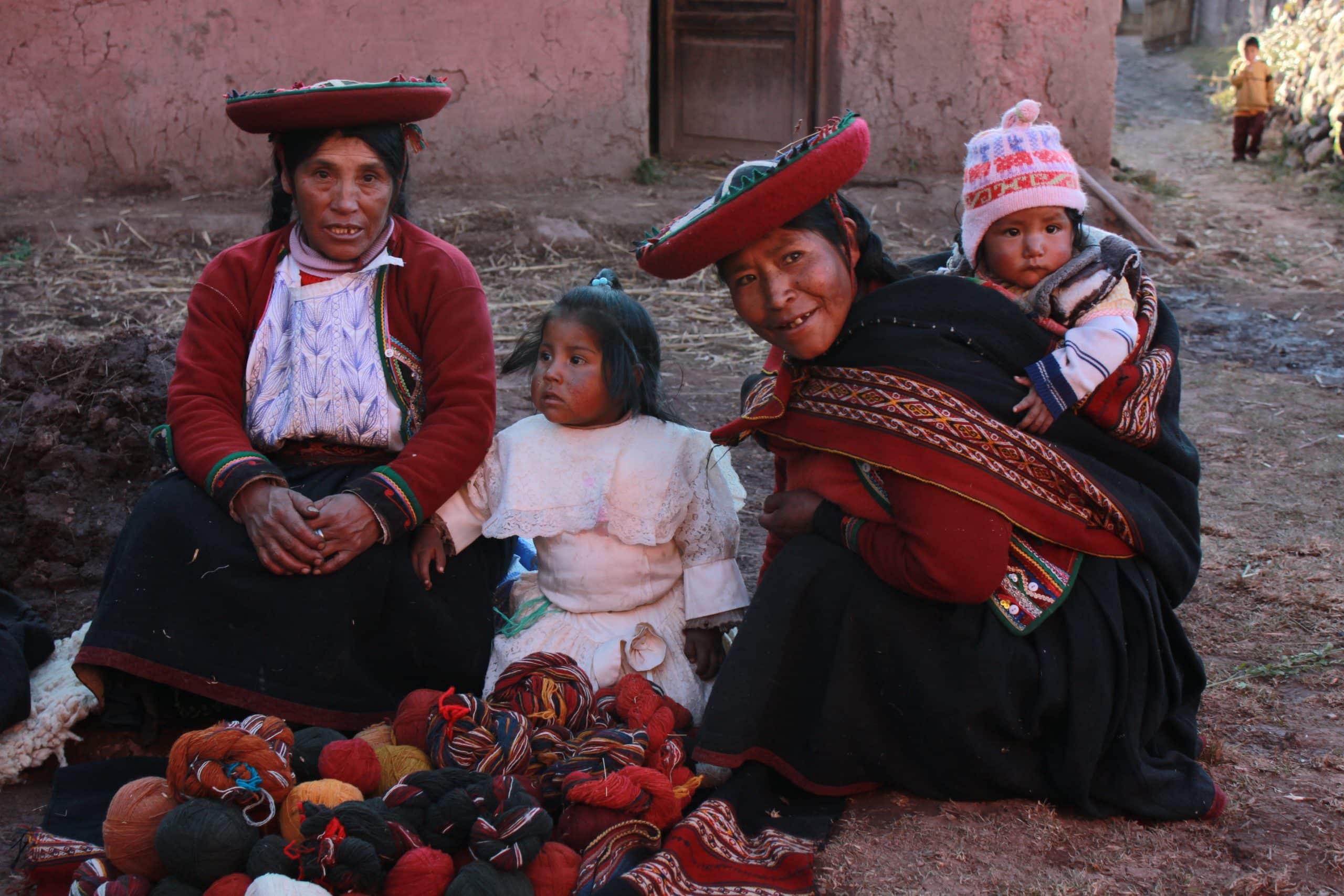

Many people in Cusco still dress in their traditional clothing, carrying things on their heads and children on their backs, all while working their trades or tending to their farms.
Our first accommodation in Cusco was the Sonesta Posada del Inca Yucay, which made for a comfortable stay in a more traditional building with a clay roof.

They had a foosball table, which kept us entertained in the evening after a day touring. This hotel, like most, served free coca tea, which is supposed to help minimize the symptoms due to the altitude changes.
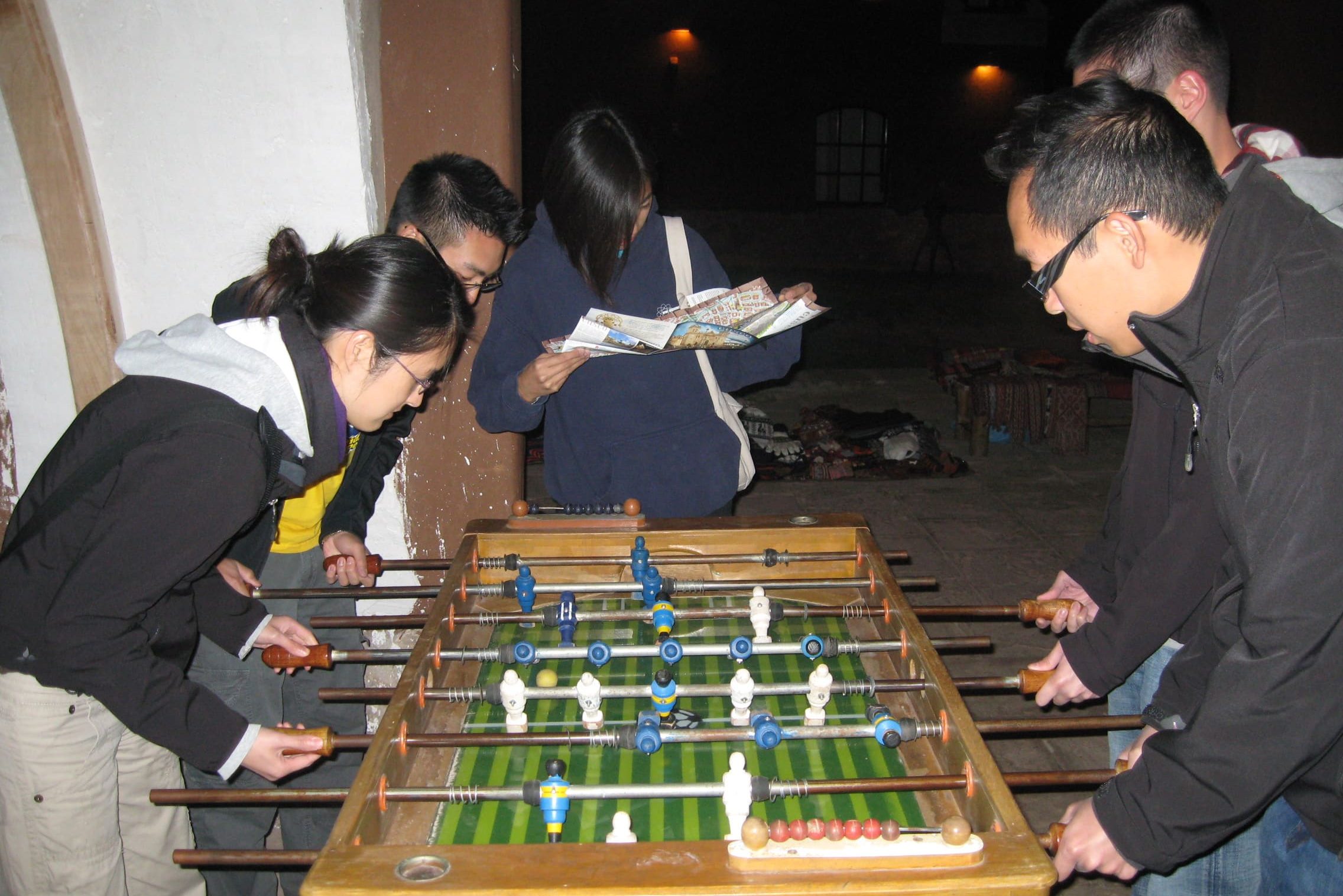
After we came back from Machu Picchu, we stayed at the Monasterio Hotel, which was a bit of a splurge for us at the time, and probably my first taste of luxury.

On one of the nights we returned here, Mery Calderon, the founder and president of Kouda, was here waiting for us. She was very warm and welcoming, and came just to make sure our tour was going well.
It really added a personal touch to their company and made us, a group of recent grads who were not wealthy by any means, feel special. When she found out we didn’t have dinner reservations for the night, she called up a restaurant for us and it was one of our fanciest meals.
Contrast that to a meal we had a local “ma and pa” joint which served cuy, or guinea pig, and alpaca meat. I wasn’t brave enough to try it, but my friends tell me it was like chicken meat.
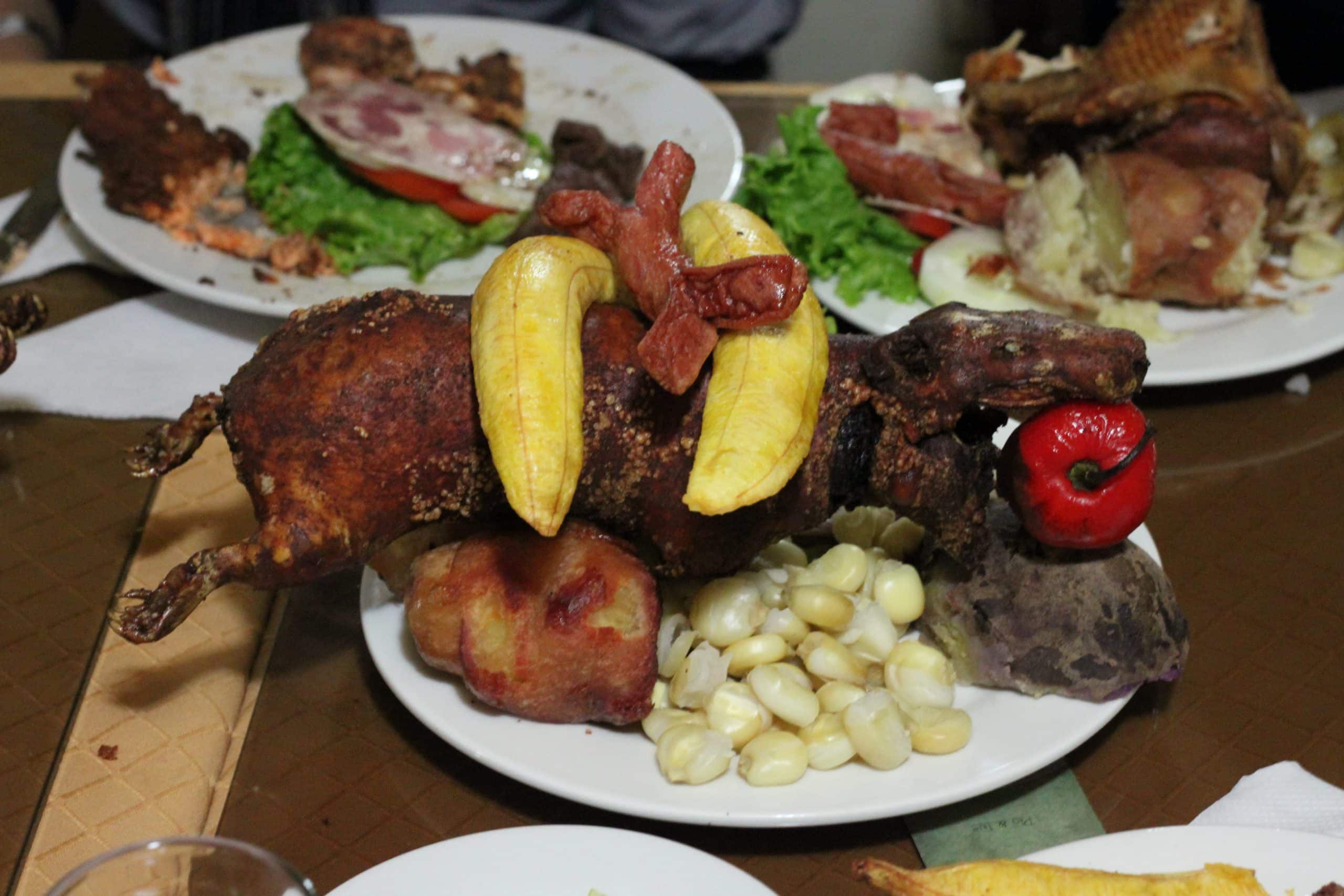
In Peru, cuy are considered a delicacy. As a matter of fact, many homes will have a room full guinea pigs, ready for the culling.

Machu Picchu
From Cusco, we took a train to Aguas Calientes, and then a bus up to Machu Picchu, where we spent the whole day.

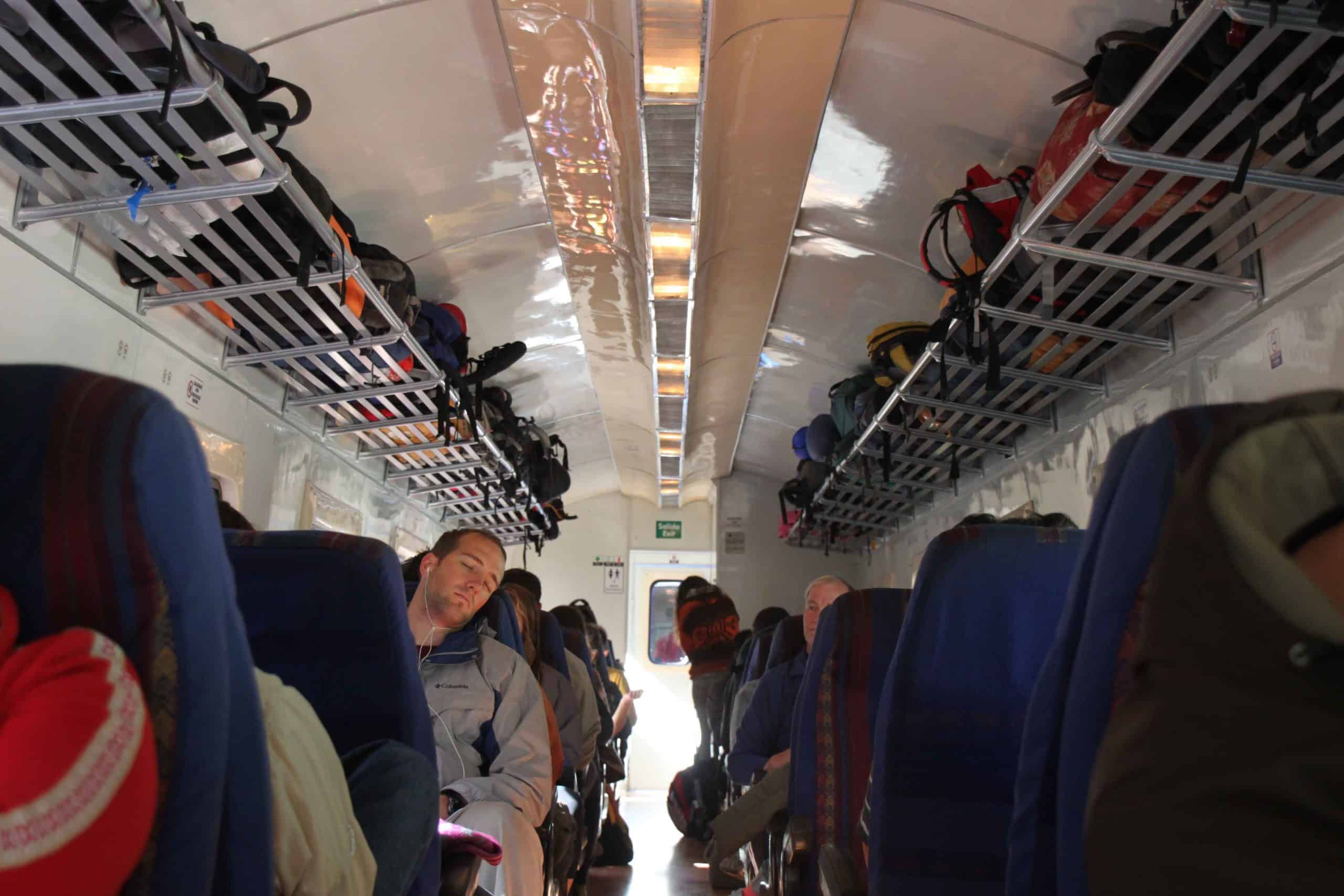
This was the lazy or quick way to do it. If you have four or more days, you can hike your way up on the ancient Inca Trail instead.
Porters will help you carry your belongings and even set up camp for you. Unfortunately, we were limited by time, so hiking wasn’t an option for us.
An Incan civilization built in 15th century, Machu Picchu was declared a UNESCO World Heritage Site in 1983 and one of the New Seven Wonders of the World in 2007.

Seeing it on the cover of National Geographic is one thing, but being there in person to see the actual ruins in its surroundings was a surreal experience. It was easy to spend a whole day exploring the area and then enjoying a last glimpse of the this ancient civilization as the sun set behind the mountains.
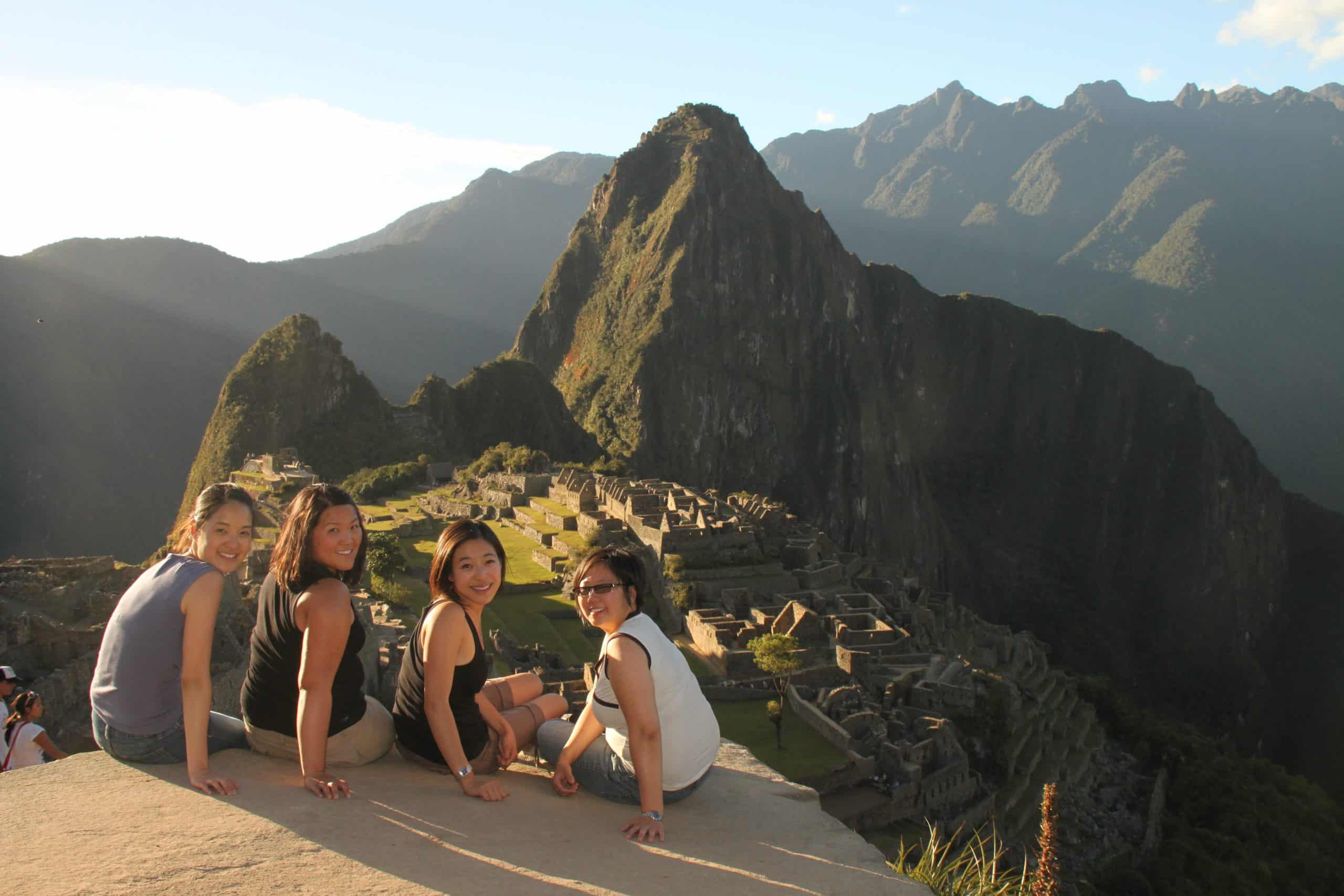
While we were there, I was surprised to find resident alpaca and llamas roaming and grazing the grounds. The Incas didn’t have traditional livestock like cows and sheep, but rather, they raised these camelids, which were an important resource for them.
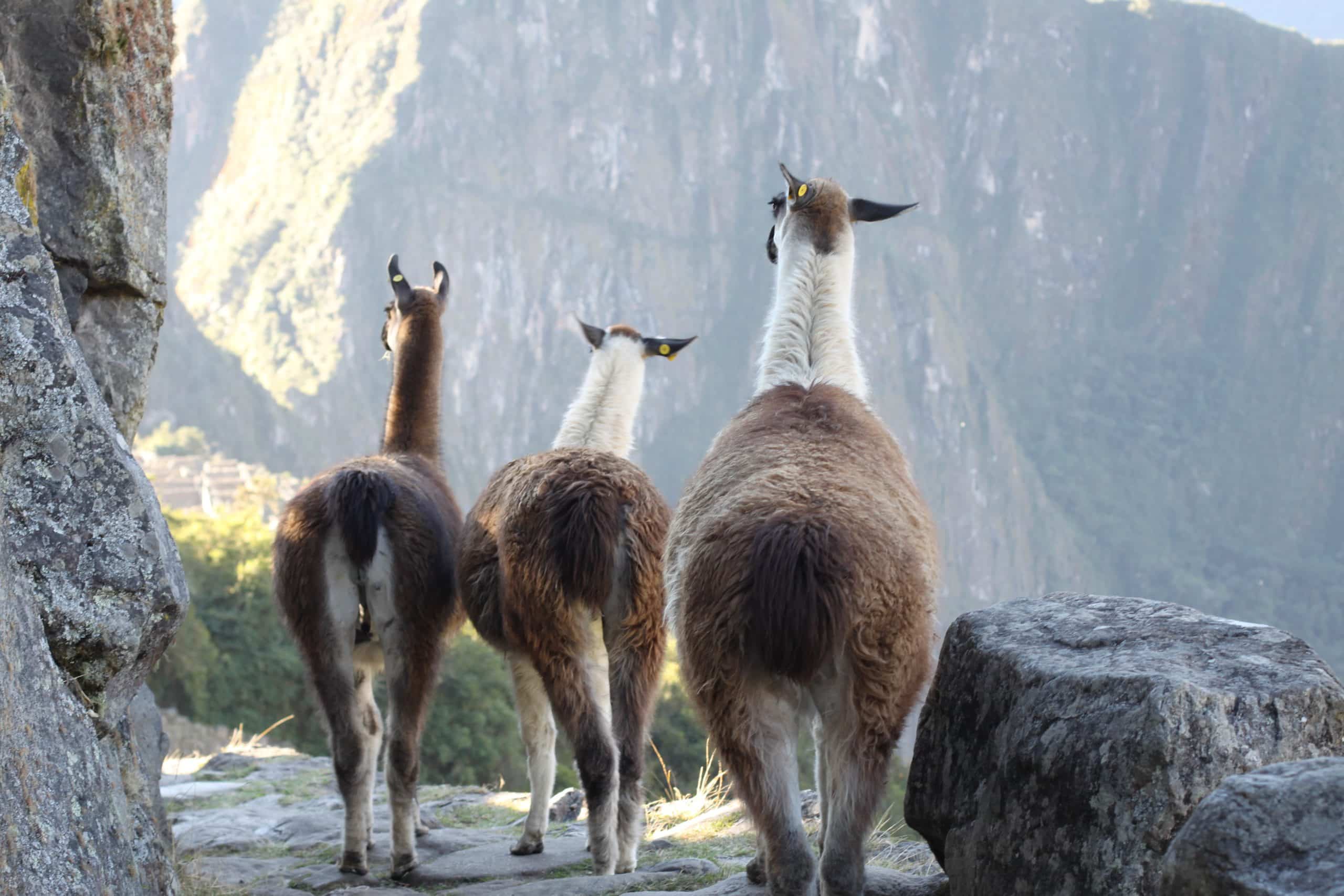
Restoration work here is continually ongoing. There are concerns over the destruction of the site due to the effects of mass tourism, so entry has been limited to 4,500 visitors a day for 2023, prior to it closing this year. Everyone must also be accompanied by a tour guide, with a maximum of 10 people per guide.
Puno and Lake Titicaca
After Machu Picchu, we returned to Cusco for two more nights. From here, we took the Inca Express bus to Puno, in the southern region of Peru, bordering Bolivia.
It was a long seven-hour bus ride, but it was also broken up with some stops along the way to see some ruins and snap some nice views of the Andes.
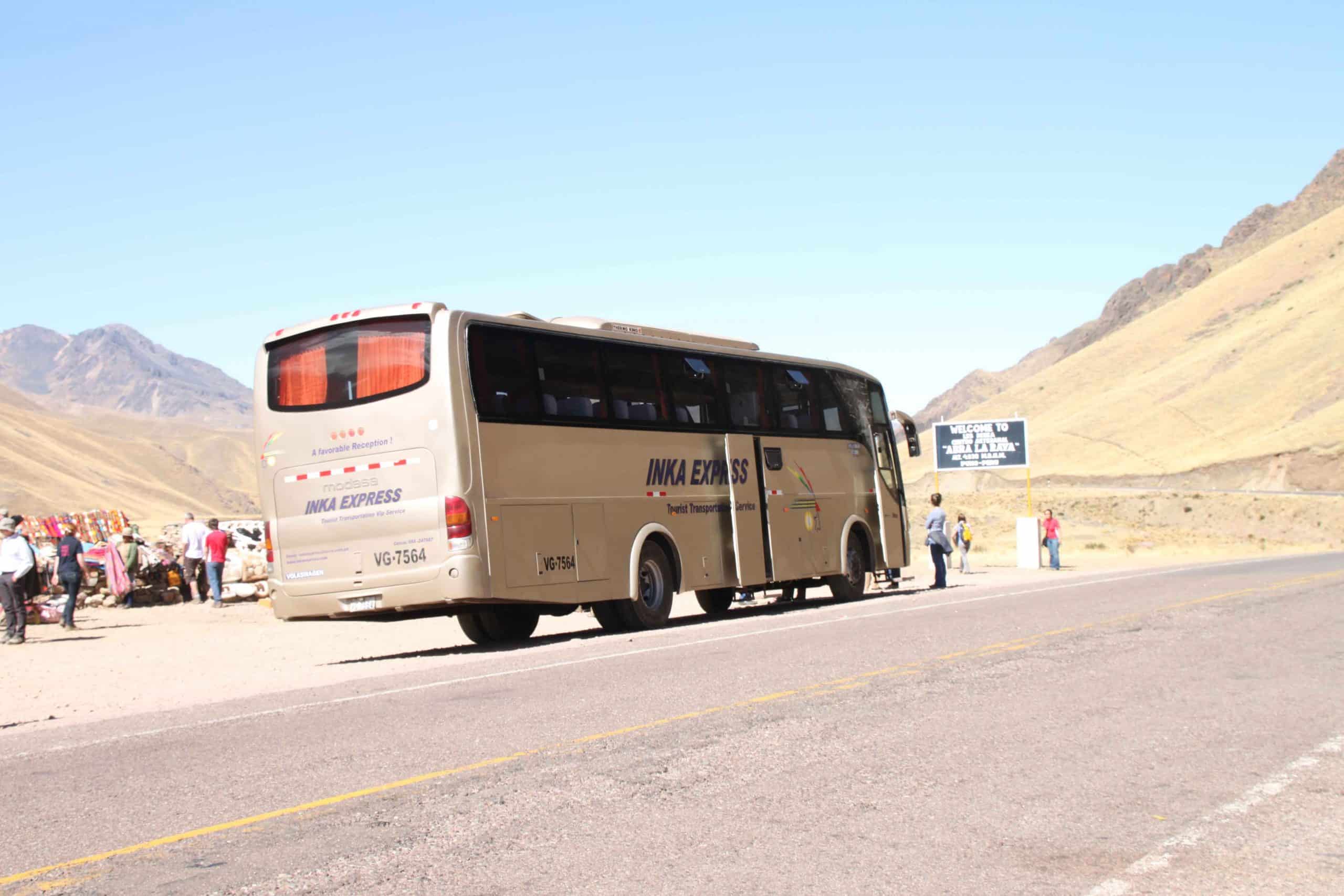
The main attraction here is Lake Titicaca, which is the second largest lake in South America and the highest in the world, sitting at 12,500 feet above sea level.
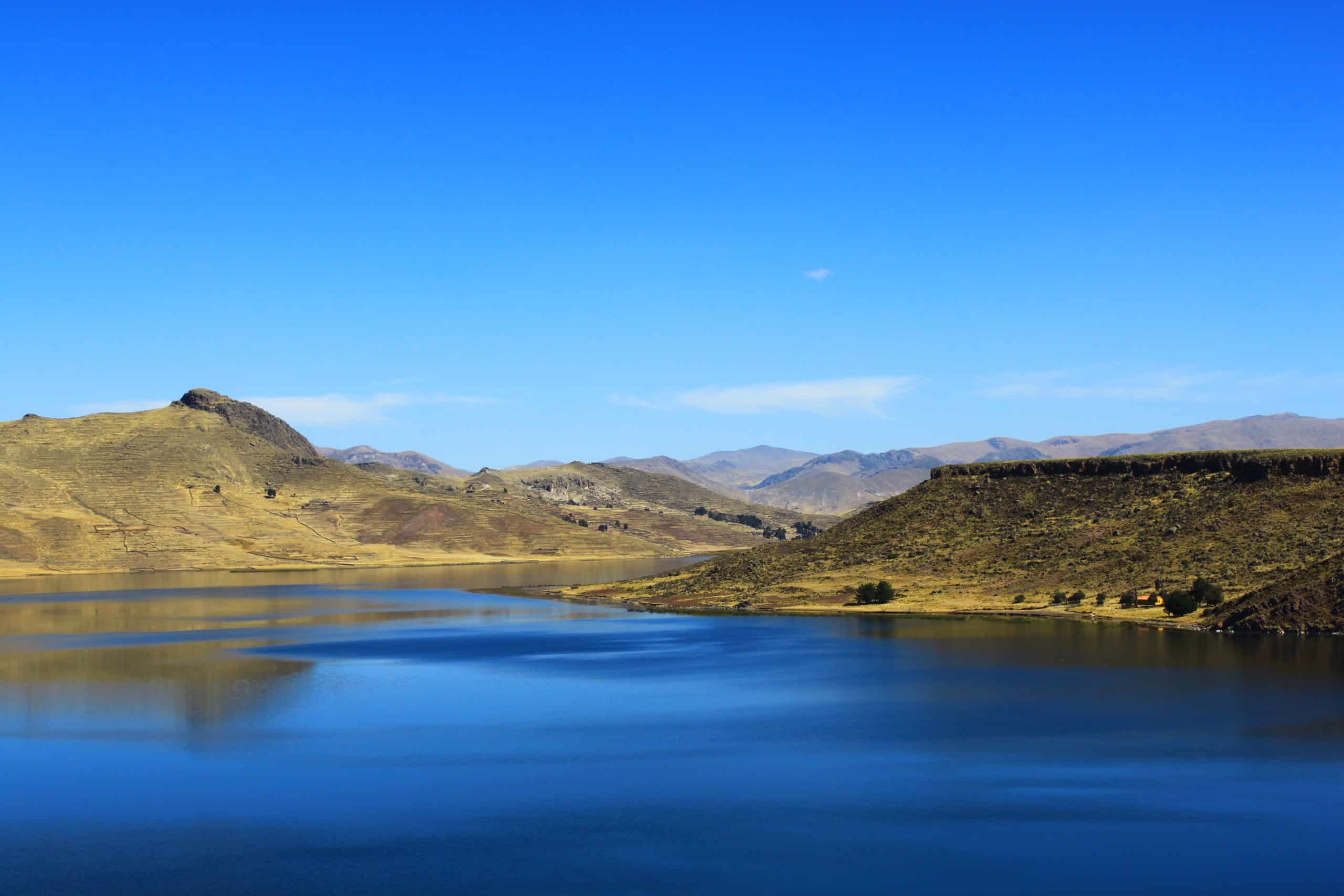
Situated on Lake Titicaca are the Floating Islands of Uros. These islands are not truly islands per se, but rather are man-made islands of layers and layers of reeds. Walking on these “islands”, you feel like you’re on a waterbed.
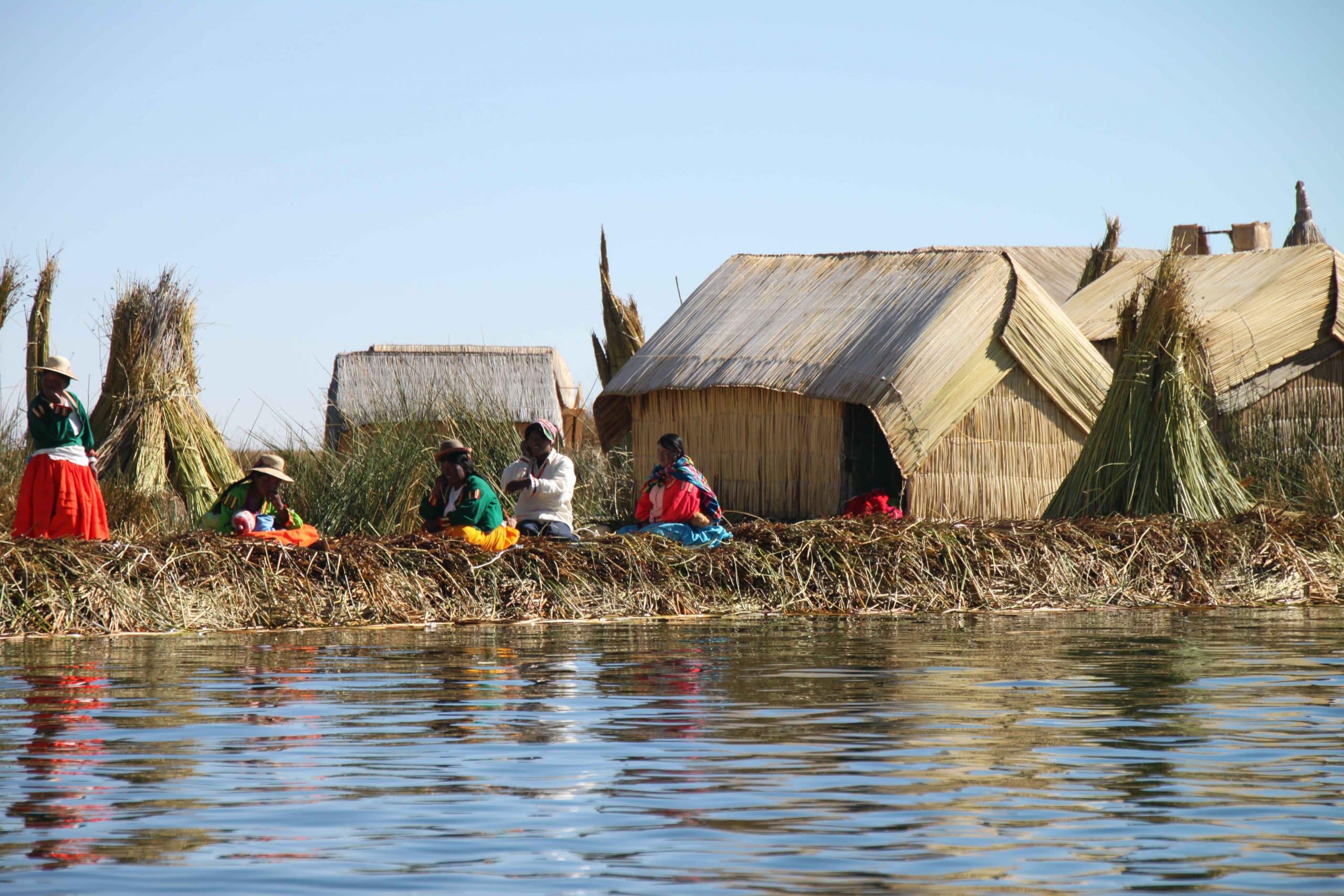
The tiny community here is self sufficient, but they also make frequent trips to the mainland on their reed boats. In fact, everything here is made from reeds, including their houses.
Here, we had an opportunity to try on their traditional attire and take a reed boat ride around the community.
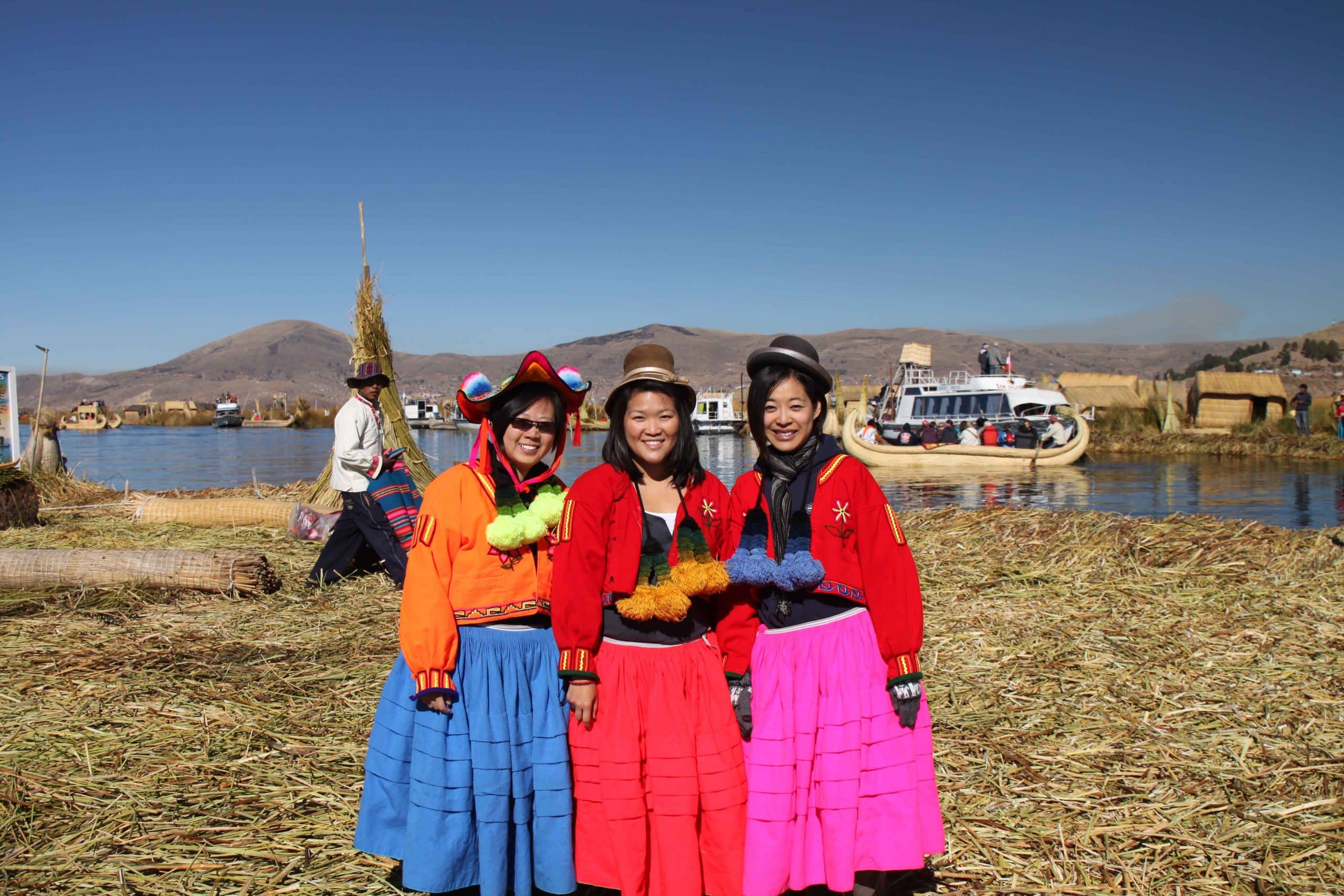
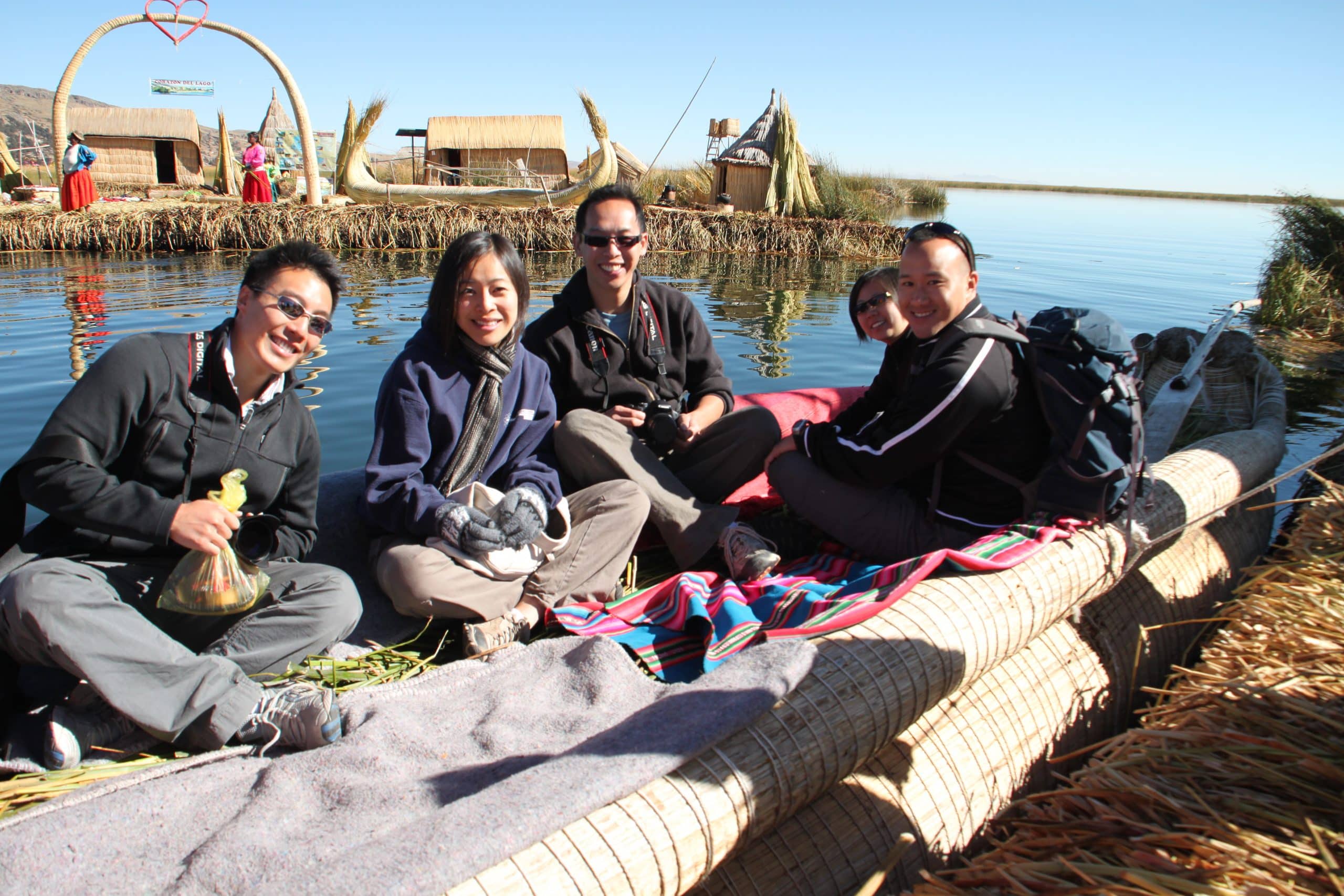
Taquile is a real rock island on Lake Titicaca. Here, we did some hiking and visited the local village.
It just so happened that we were visiting in July, the month they hold their annual festival to commemorate Taquile’s saint, the Apostle James. As a result, we had the honour of enjoying a spectacular performance of traditional dance and music.
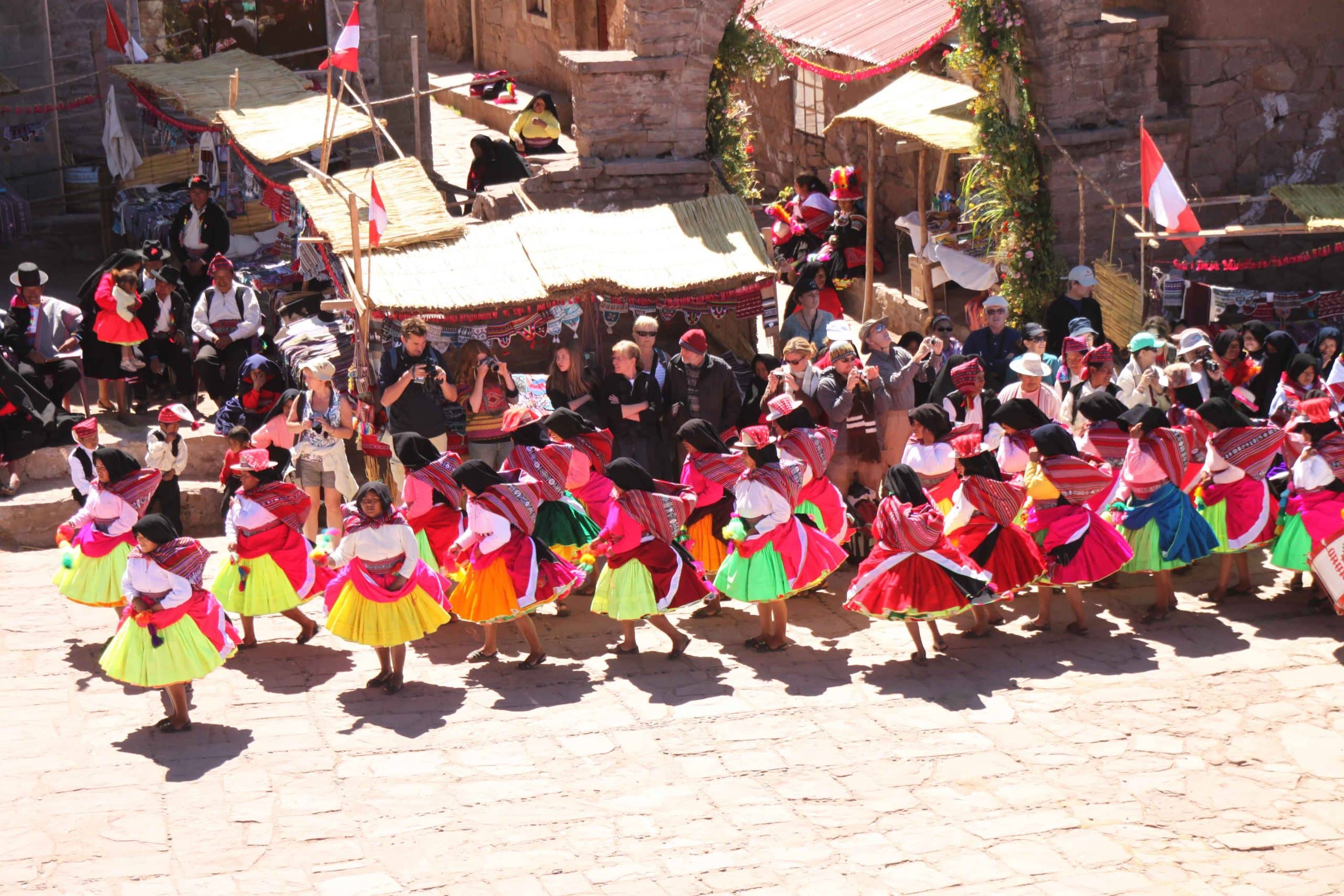
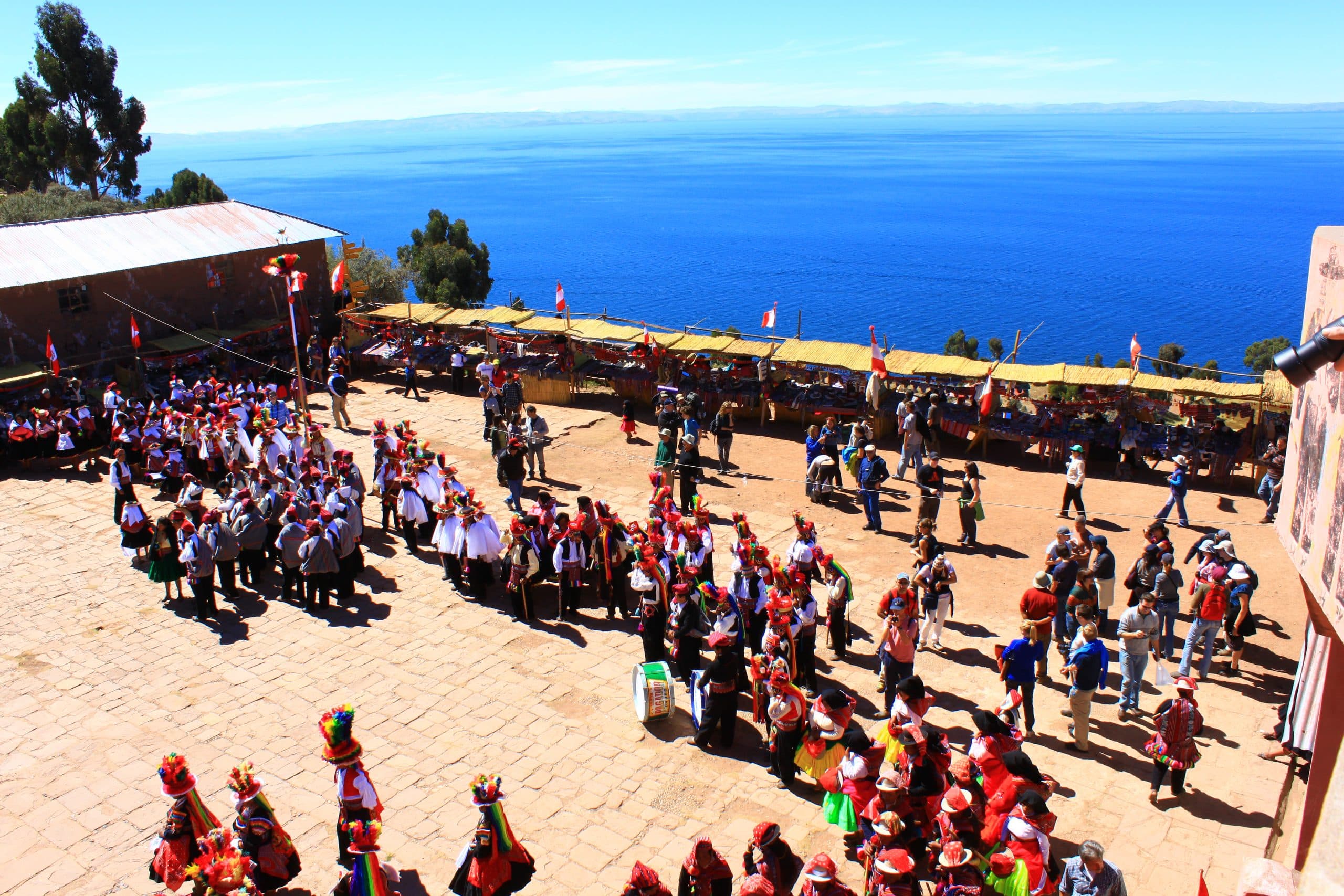
Back on the mainland are the ruins of Sillustani, a series of burial towers along the shores of Lake Umayo, which is a smaller lake beside Lake Titicaca. We ended the day by visiting another traditional home to sample some homemade cheese and other snacks before heading to Juliana airport to fly back into Lima.
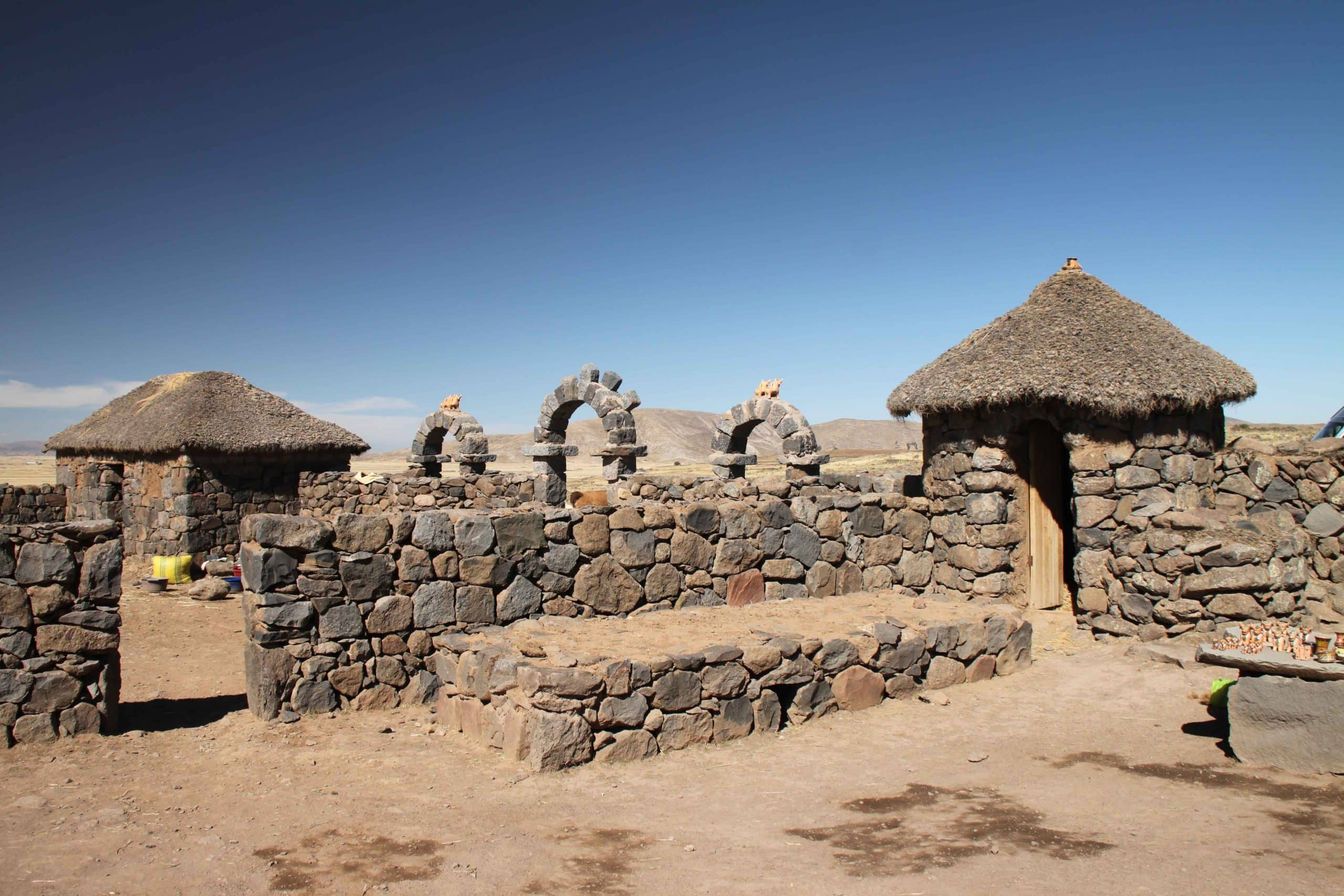
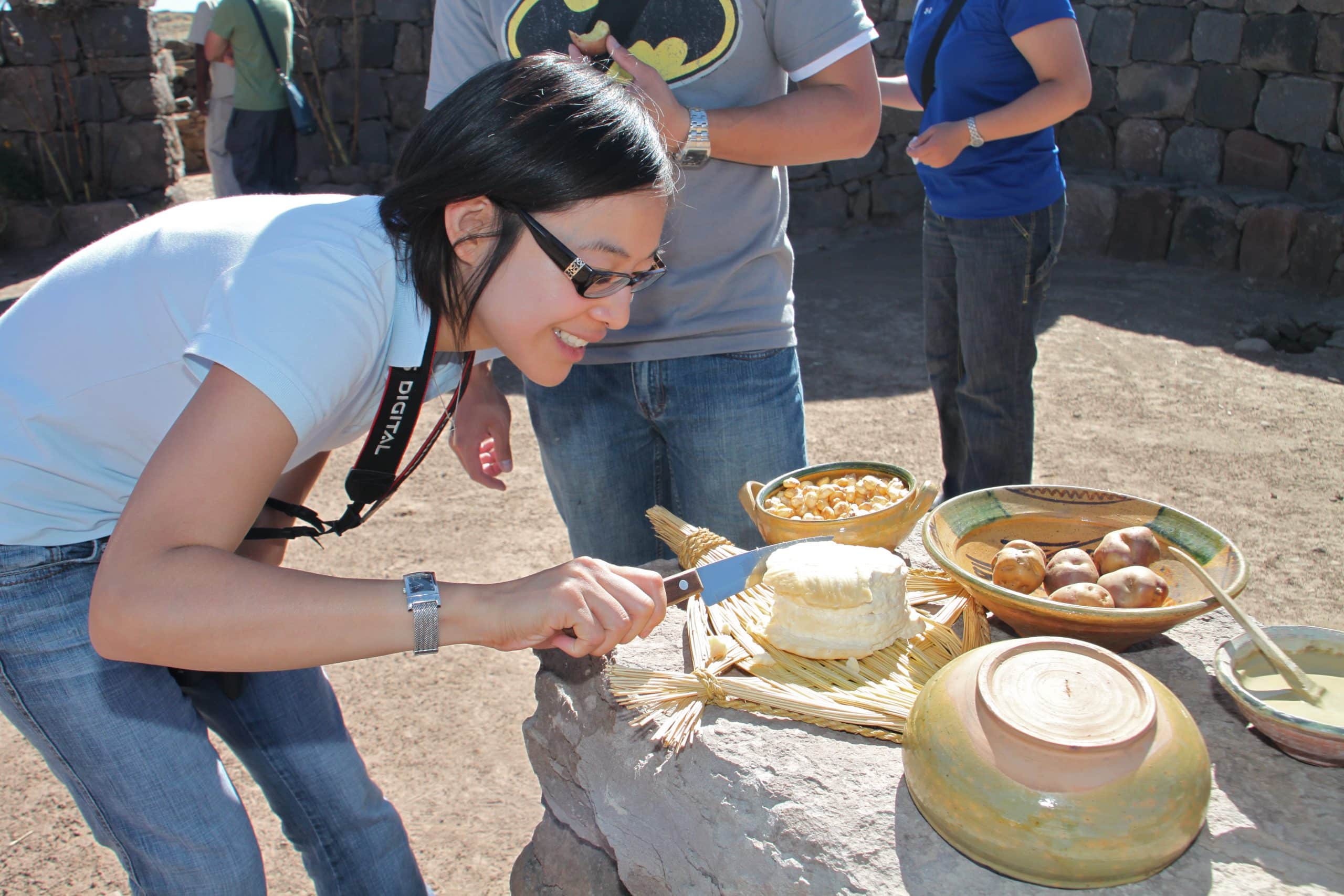
Iquitos and the Amazon
From Lima, we had a flight booked with Peruvian Air to take us into Iquitos. Unfortunately, our flight was delayed by five hours, so we missed our speedboat transfer into the Amazon.
Apparently, delays were quite common with this airline back then. We booked a rather unappealing motel at the last minute, and paid extra $300 to arrange for another speedboat transfer the next day.
Staying in the Amazon was quite the experience. I can’t say it was the most comfortable, but it was definitely unique, exciting, and memorable at times.
Our accommodation was at the Amazon Research Center Peru Lodge, which consisted of cabins built above ground on stilts connected by bridges. They were raised to protect against rising water levels, which happens at certain times of the year.
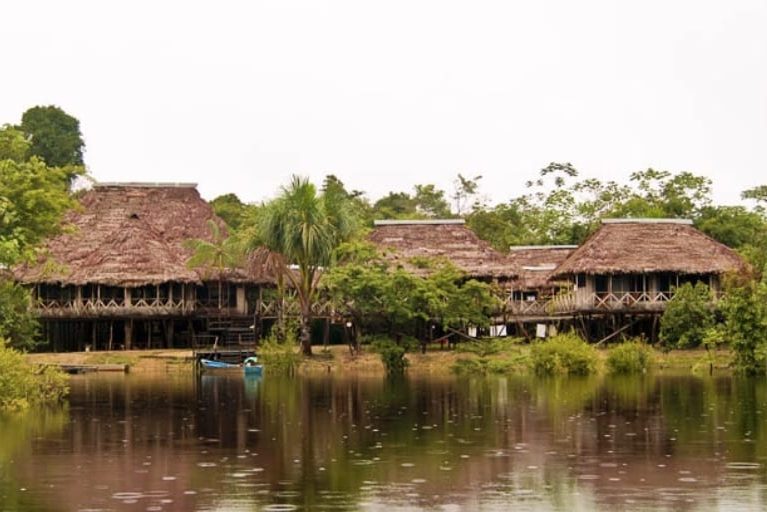
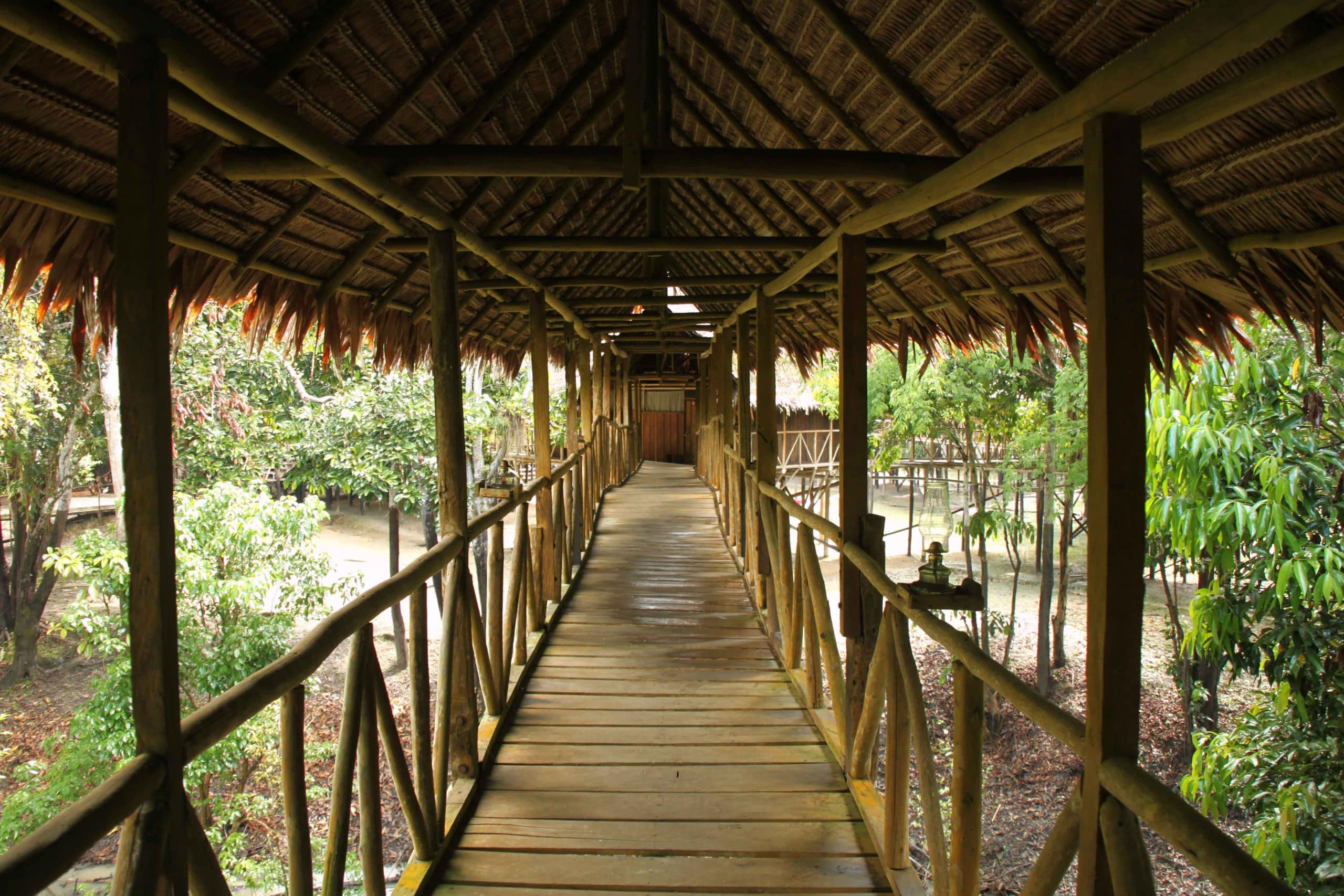
We were truly isolated here, with no electricity or cellphone reception. Showers consisted of cold water, which actually felt good given the extreme humidity here, but once you stepped out of your shower, you never felt like you really dry off.
Everything just stays damp. Sleeping in high humidity under mosquito nets was also quite the experience.
Despite these negatives, it was a truly unique experience we wouldn’t find anywhere else. We went fishing for piranhas, hunting for caimans, and visited a local village and its white shaman.
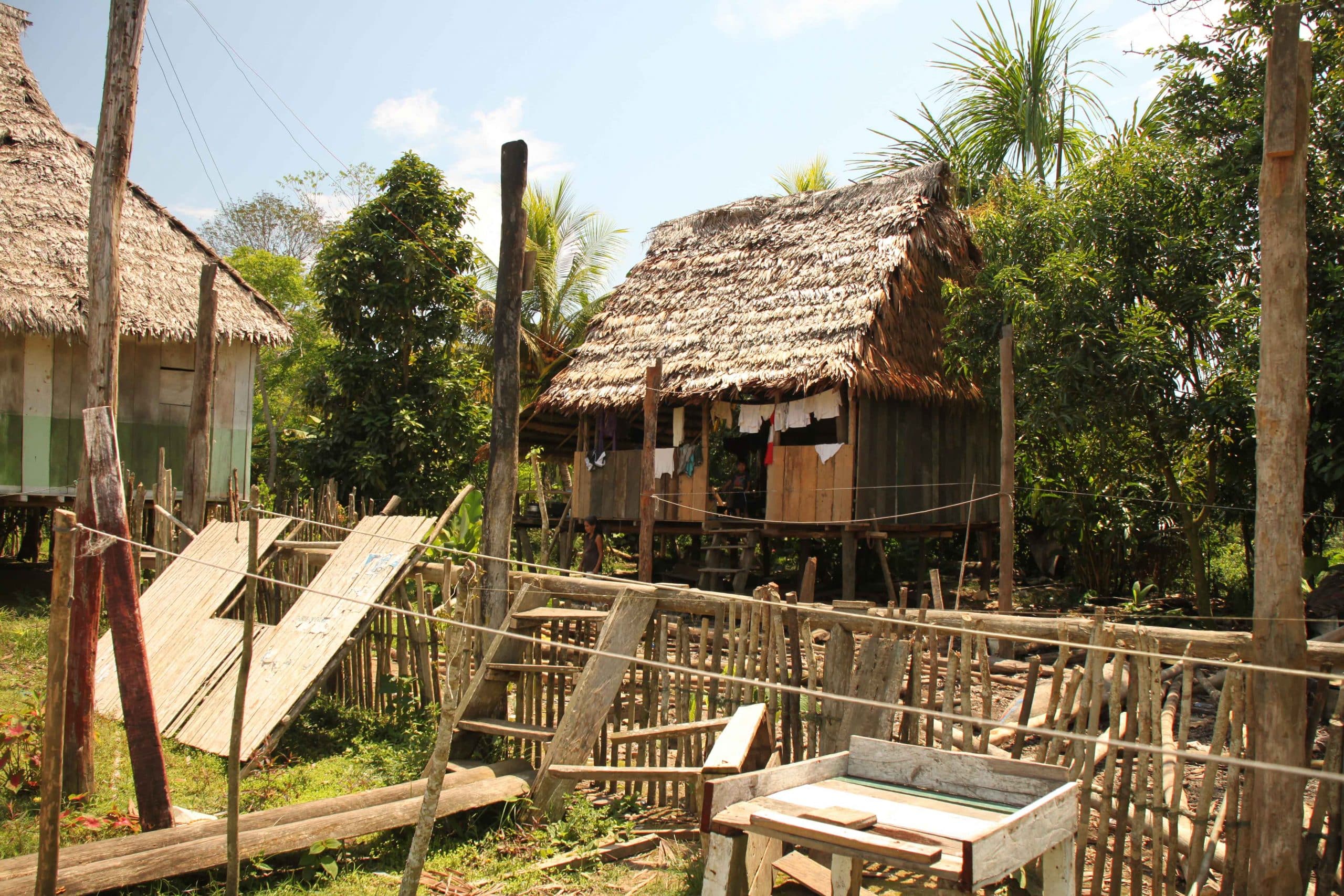
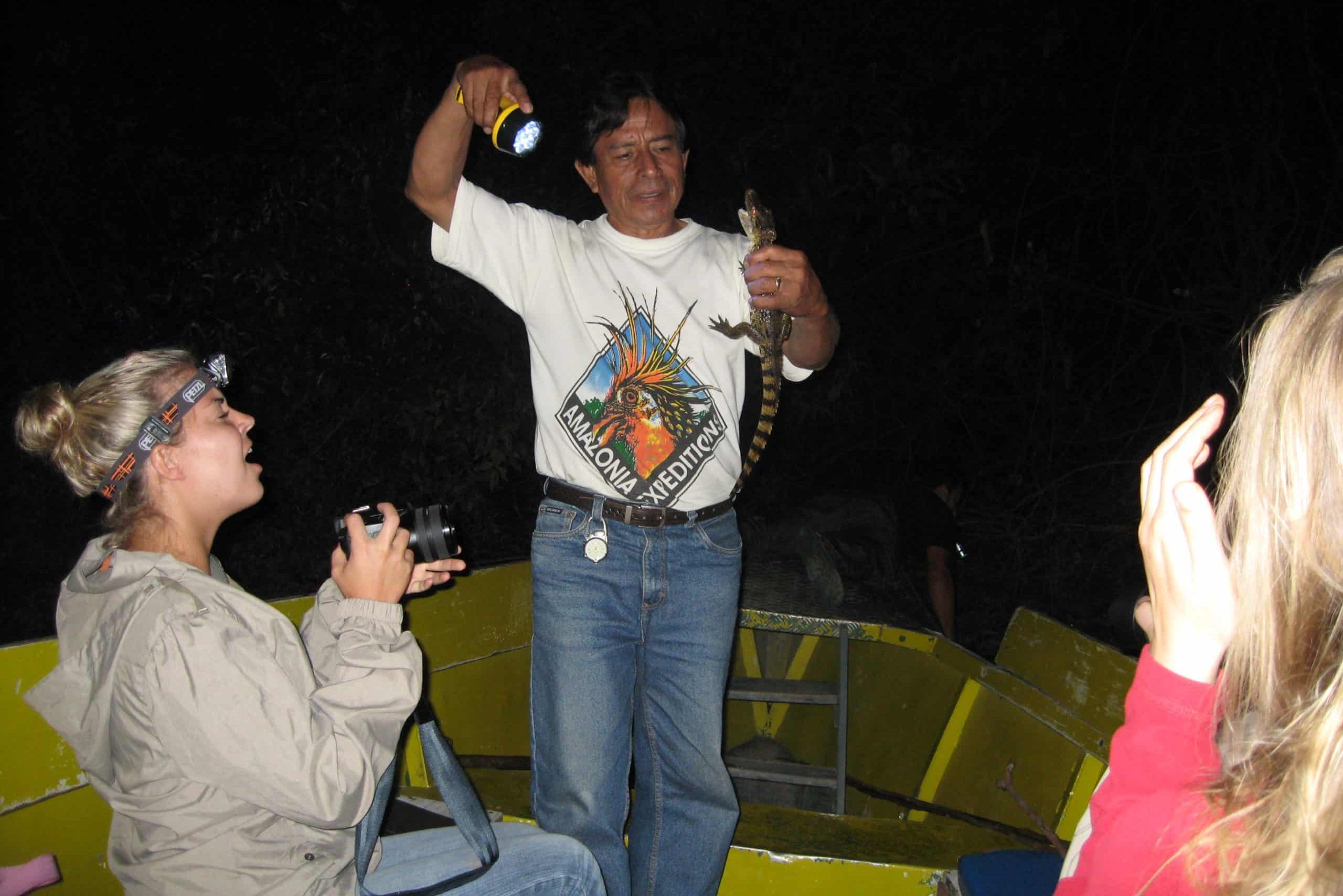
He was kind enough to literally pour his blessings upon us by offering to anoint our heads with alcohol from an unlabeled old pop bottle. I kindly declined, but Jon and my friends accepted the blessing.
We went on nature walks and boat tours, and had the chance to spot parrots, tarantulas, giant bullfrogs, and toucans, just to name a few.
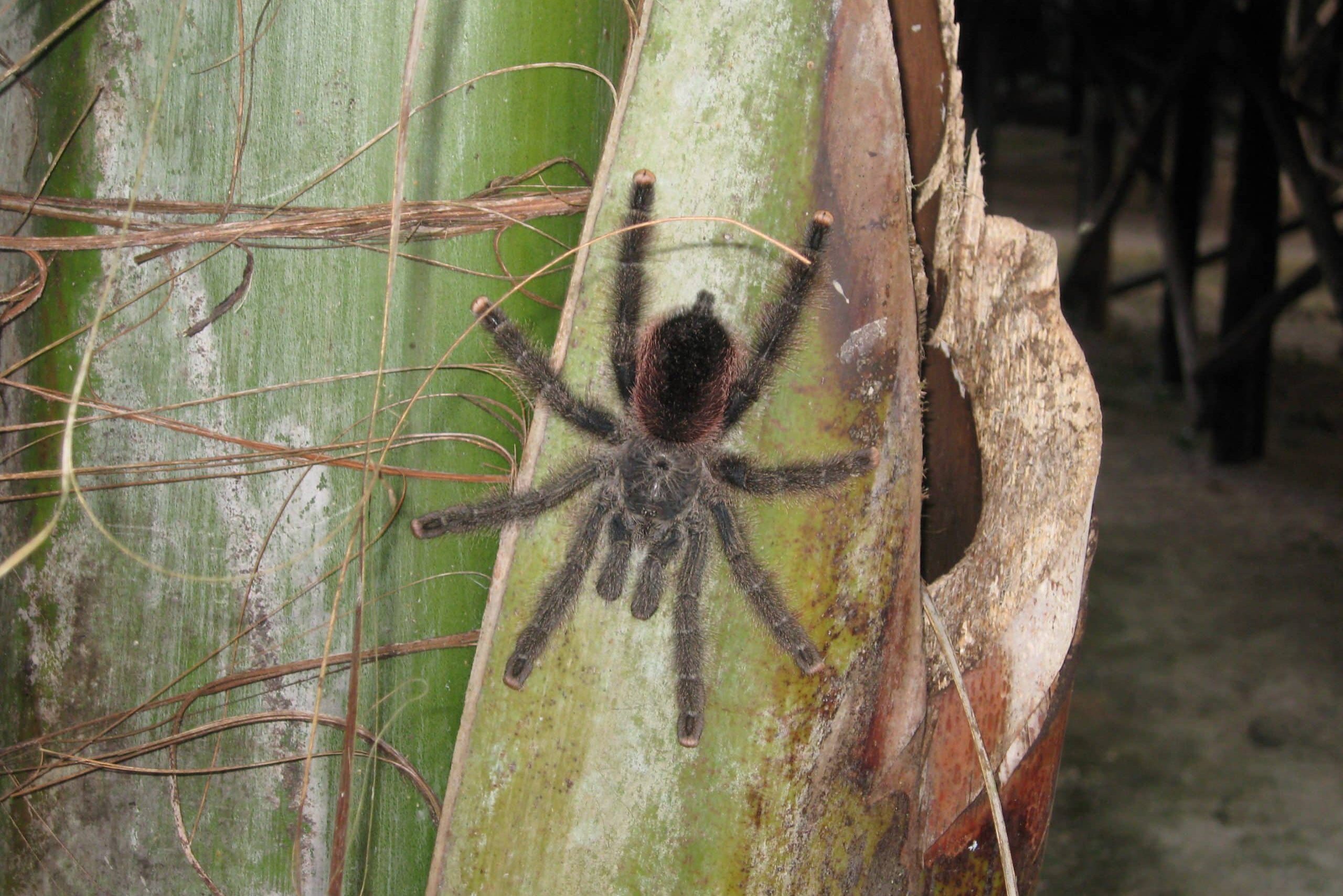
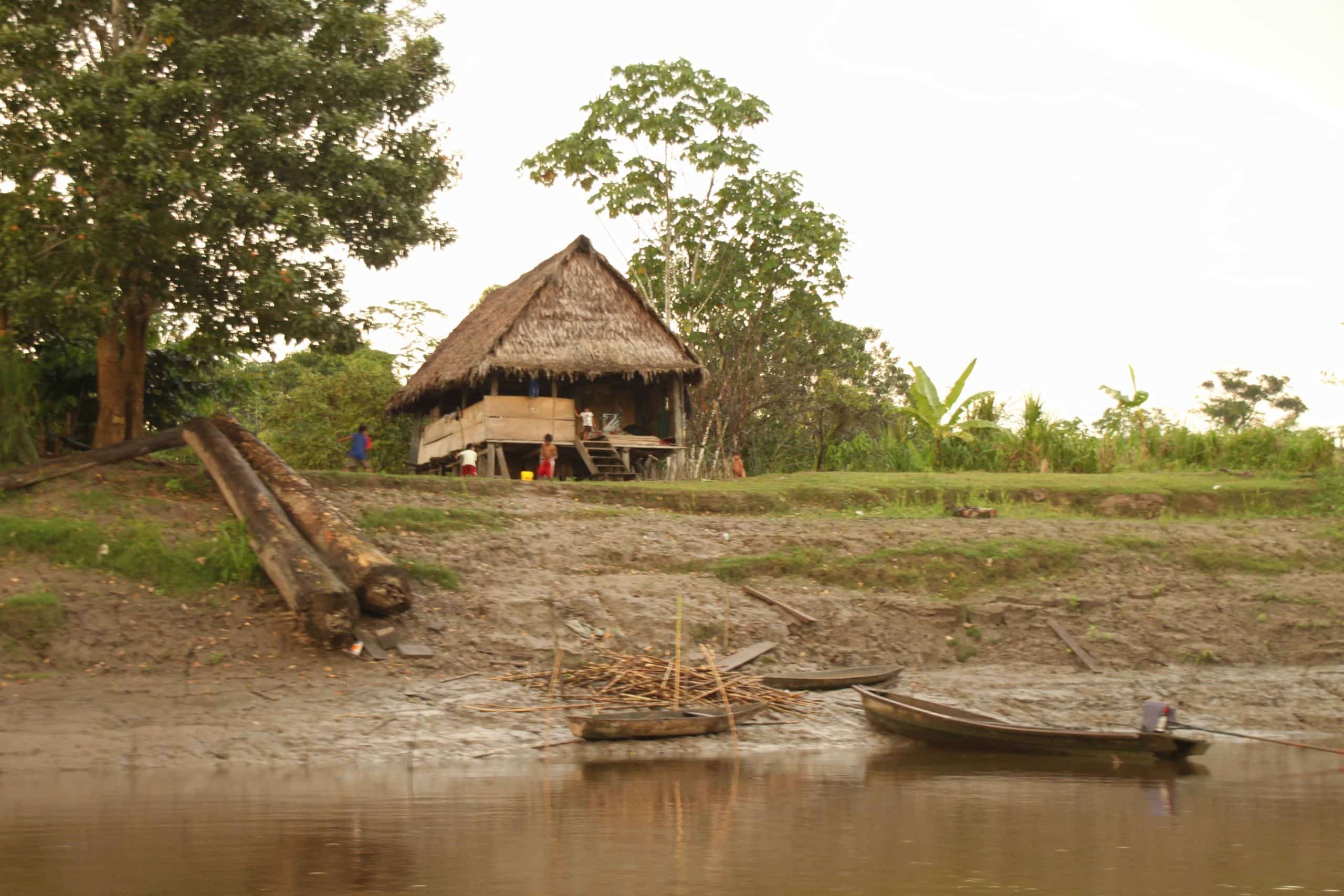
The food wasn’t bad. They had the best banana pancakes I’ve ever tasted, and were happy to share the recipe with us. We tasted piranha for the first time as well.
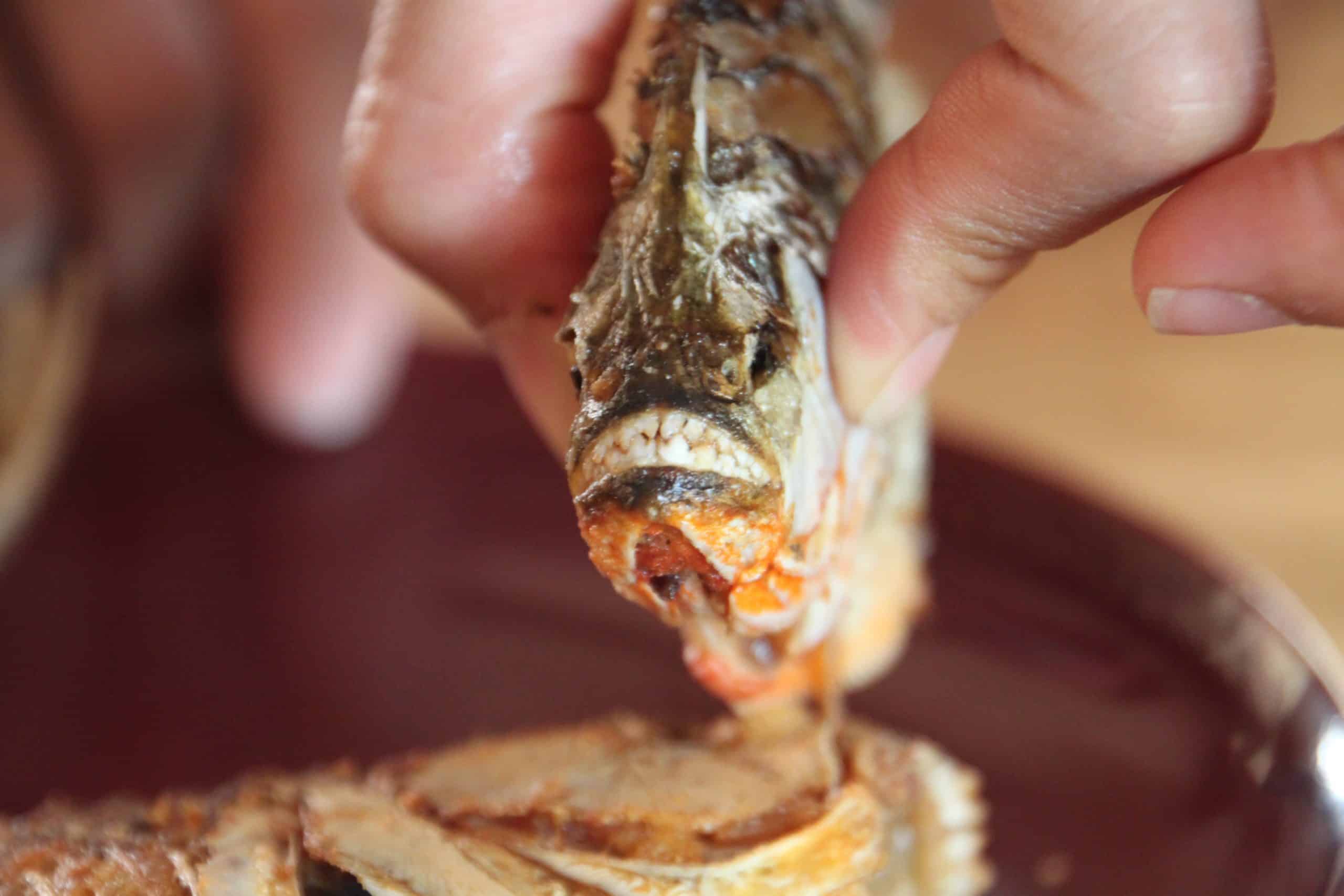
We ended off our trip by flying back to Lima for our last night, where we enjoyed a nice hot meal and shower before coming back home with enough memories to last a lifetime.
Conclusion
As I looked through my photos of this trip, it brought back so many good memories. We were so fortunate to have found two great companies, Kouda and Amazonia Expeditions, that gave us an experience of a lifetime.
I really appreciated how Kouda really wanted us to experience the Peruvian culture and not only arranged visits to the famous attractions that Peru was known for, but also just local homes and villages to see what everyday life is like and interact with the locals. Although the Amazon wasn’t the comfortable experience, it was certainly memorable and I’m glad we went.
The one place I wish we visited, but didn’t have time to, was the Peruvian desert to see the mysterious Nazca Lines. I guess that means we’ll just have to go back with the kids.
Peru is an amazing country with so much to offer, and I hope that the political unrest will settle soon so that it can once again share its history and charm with everyone.


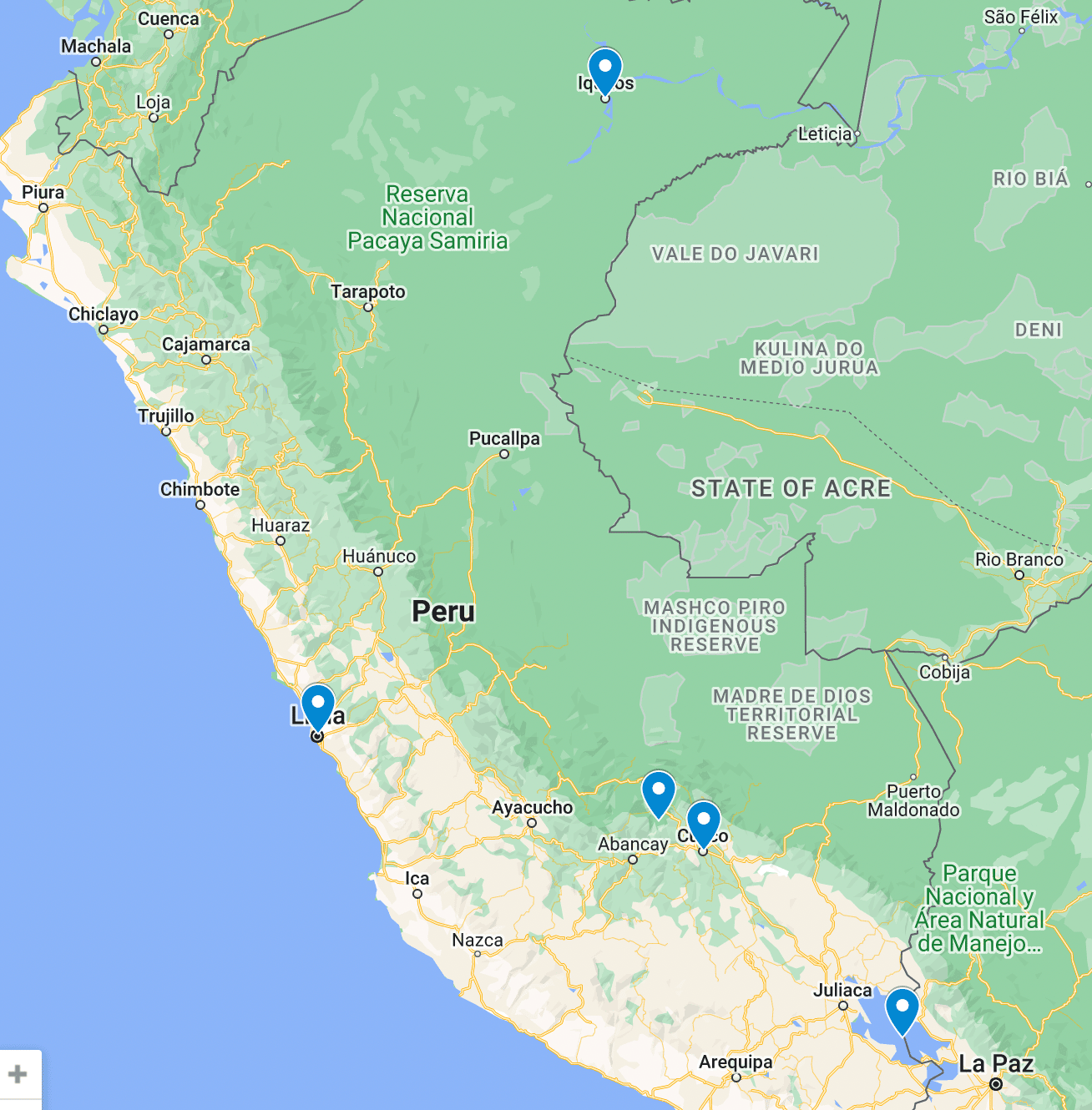









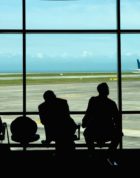
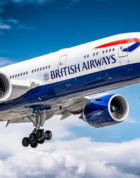


Too bad it’s closed now. Btw. Think you mentioned you for a travel agent license. Is the discount worth the effort and cost?